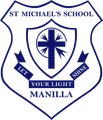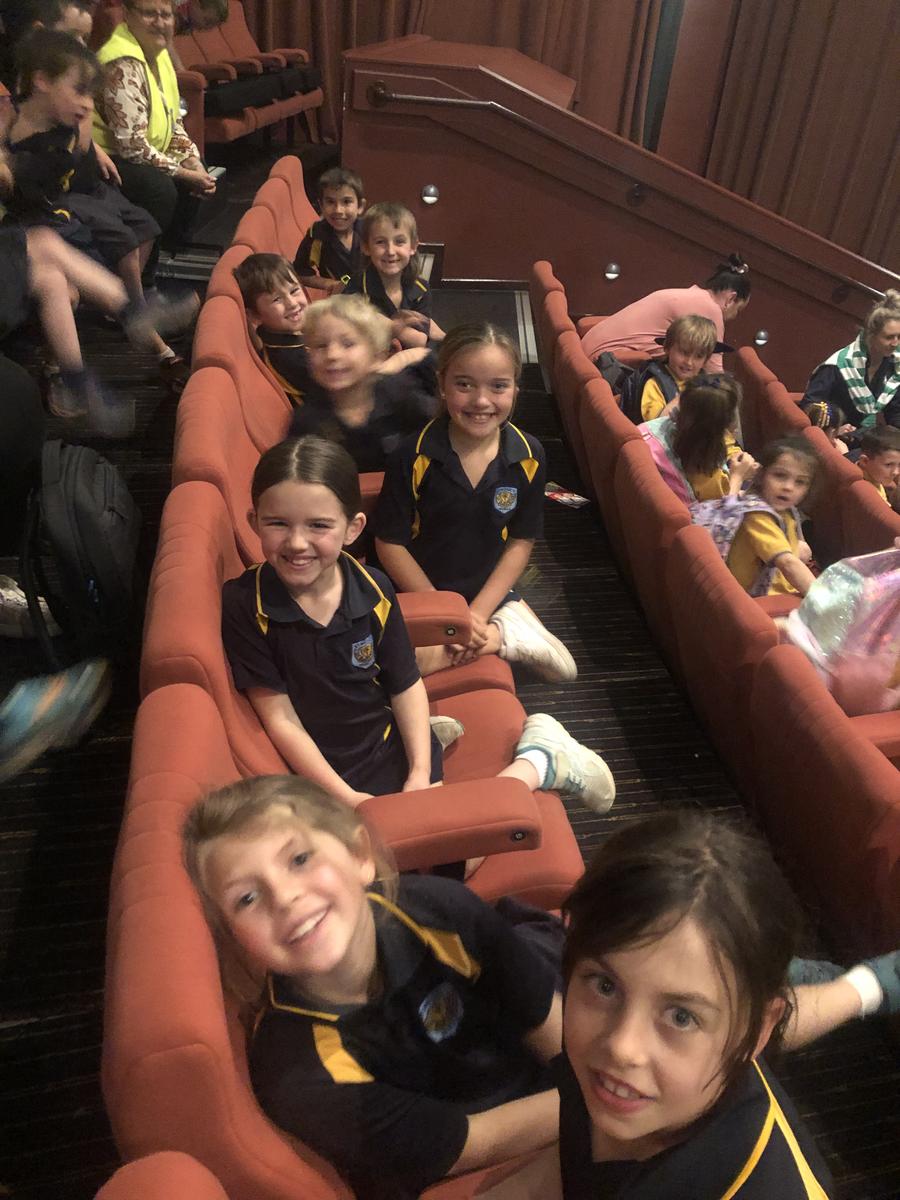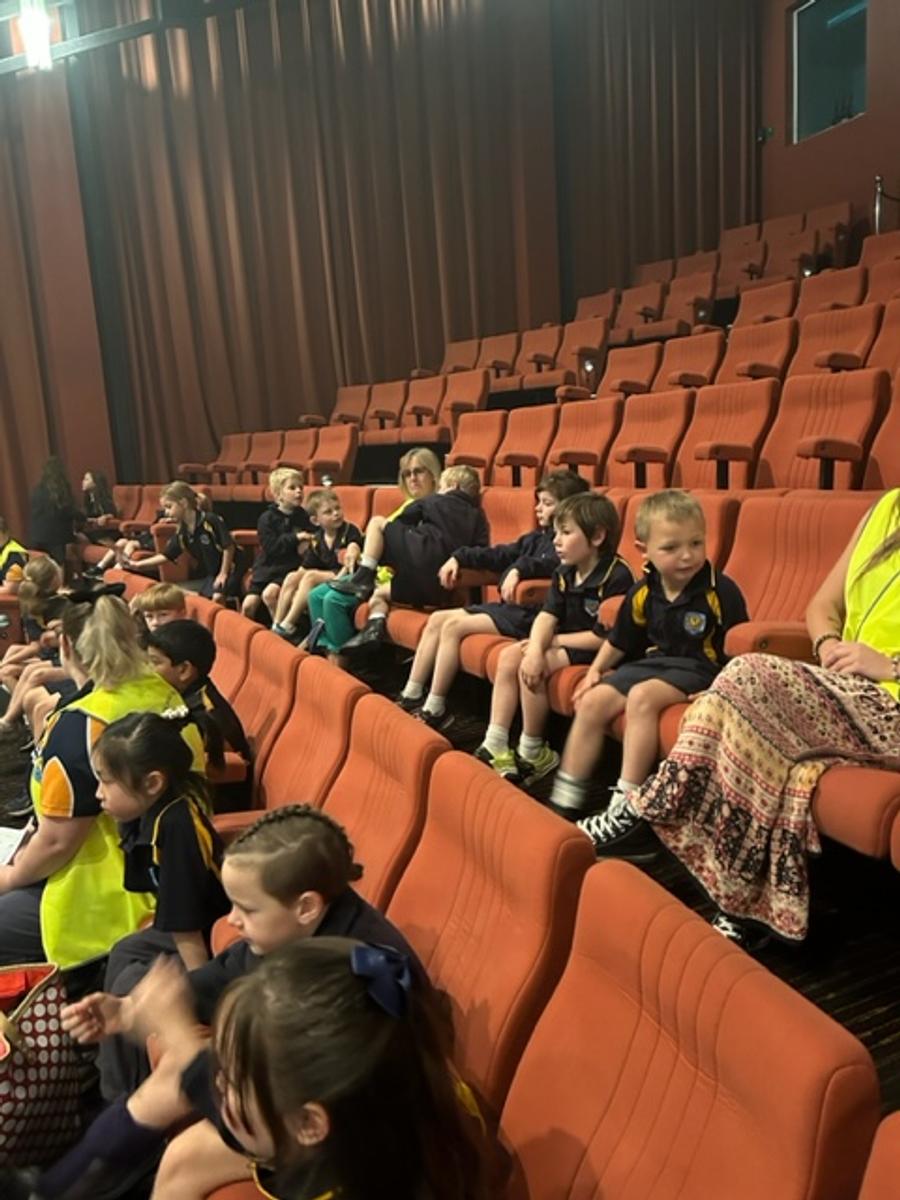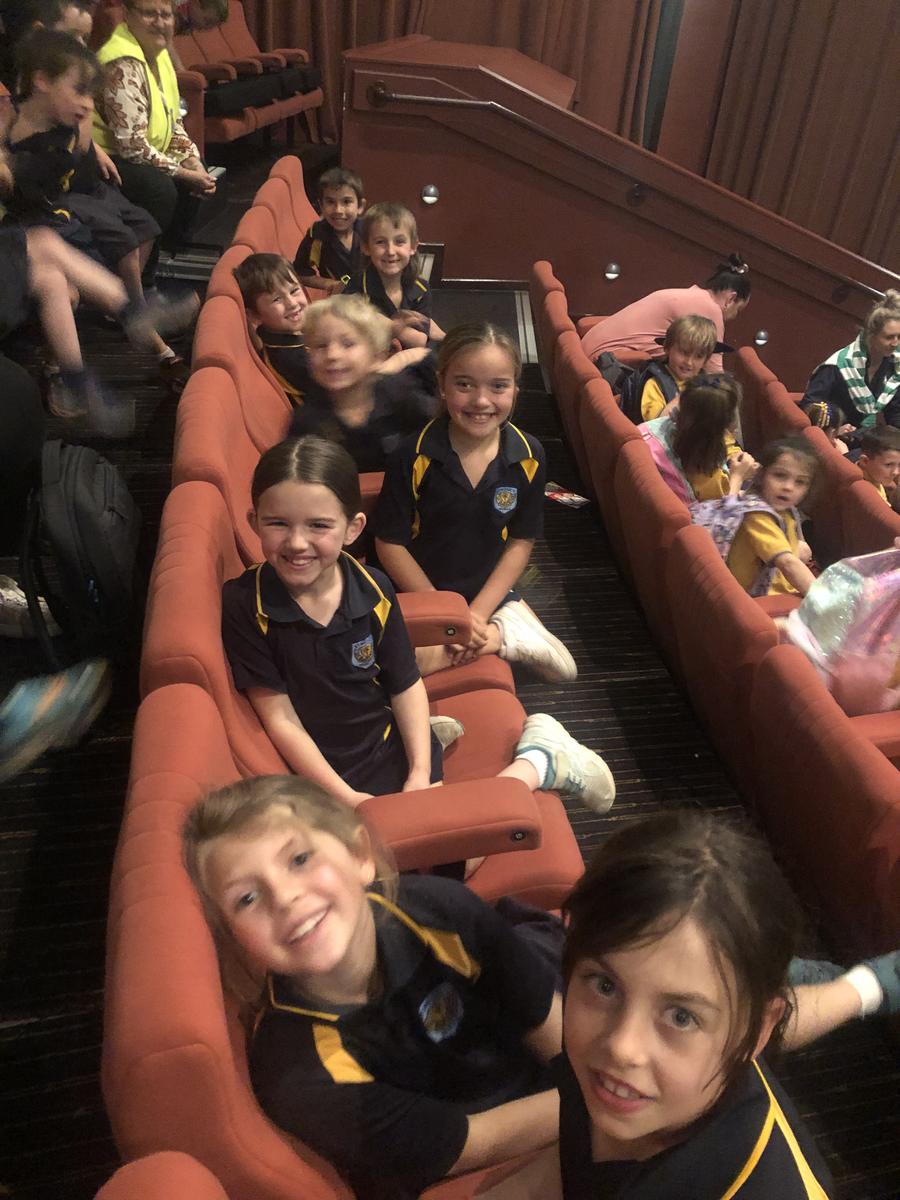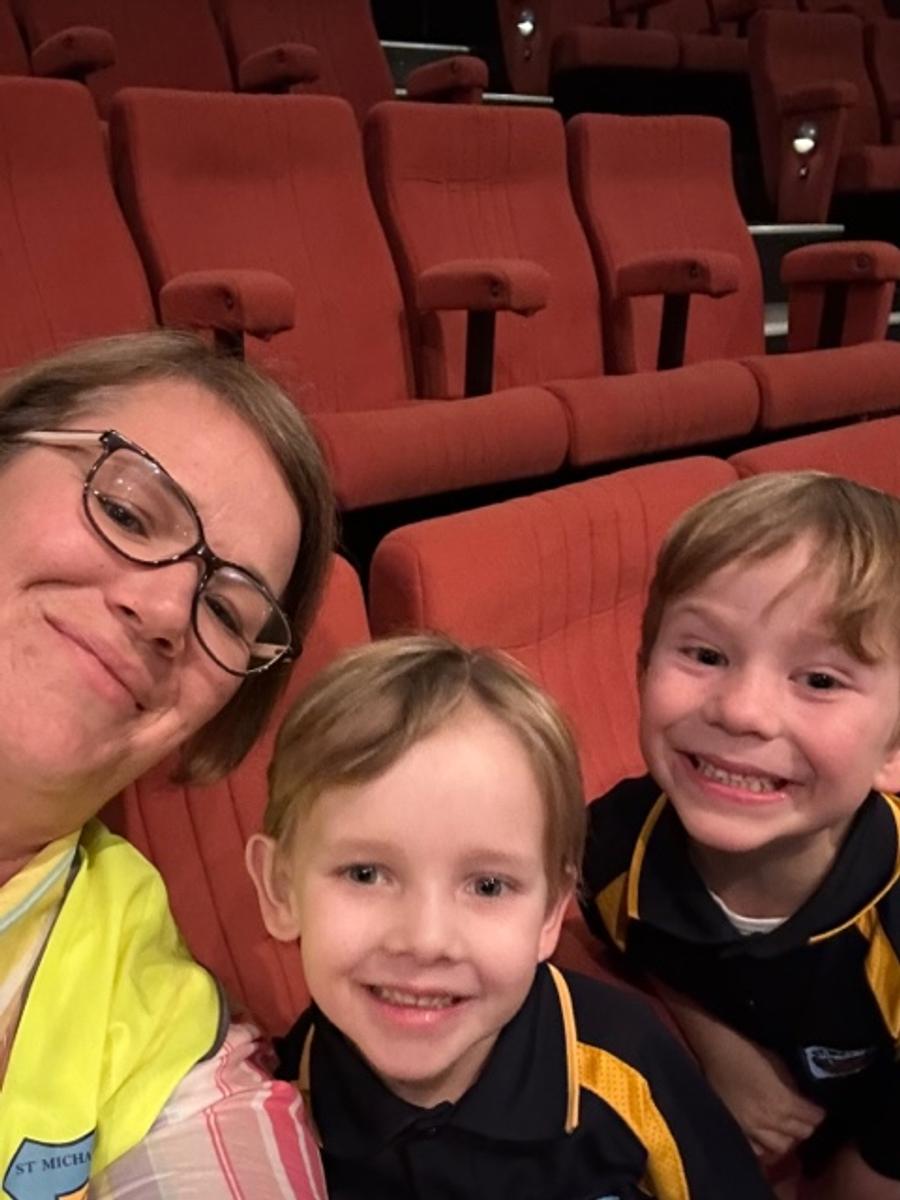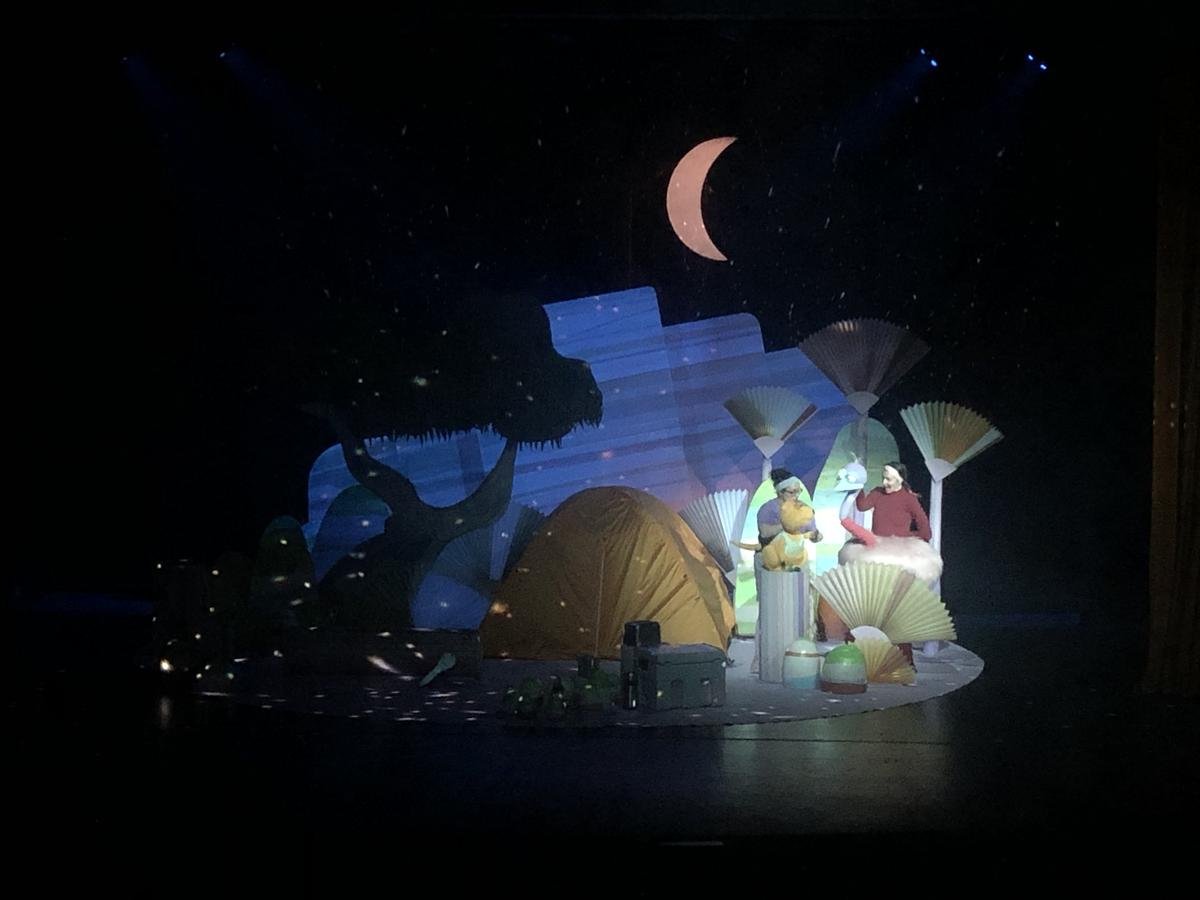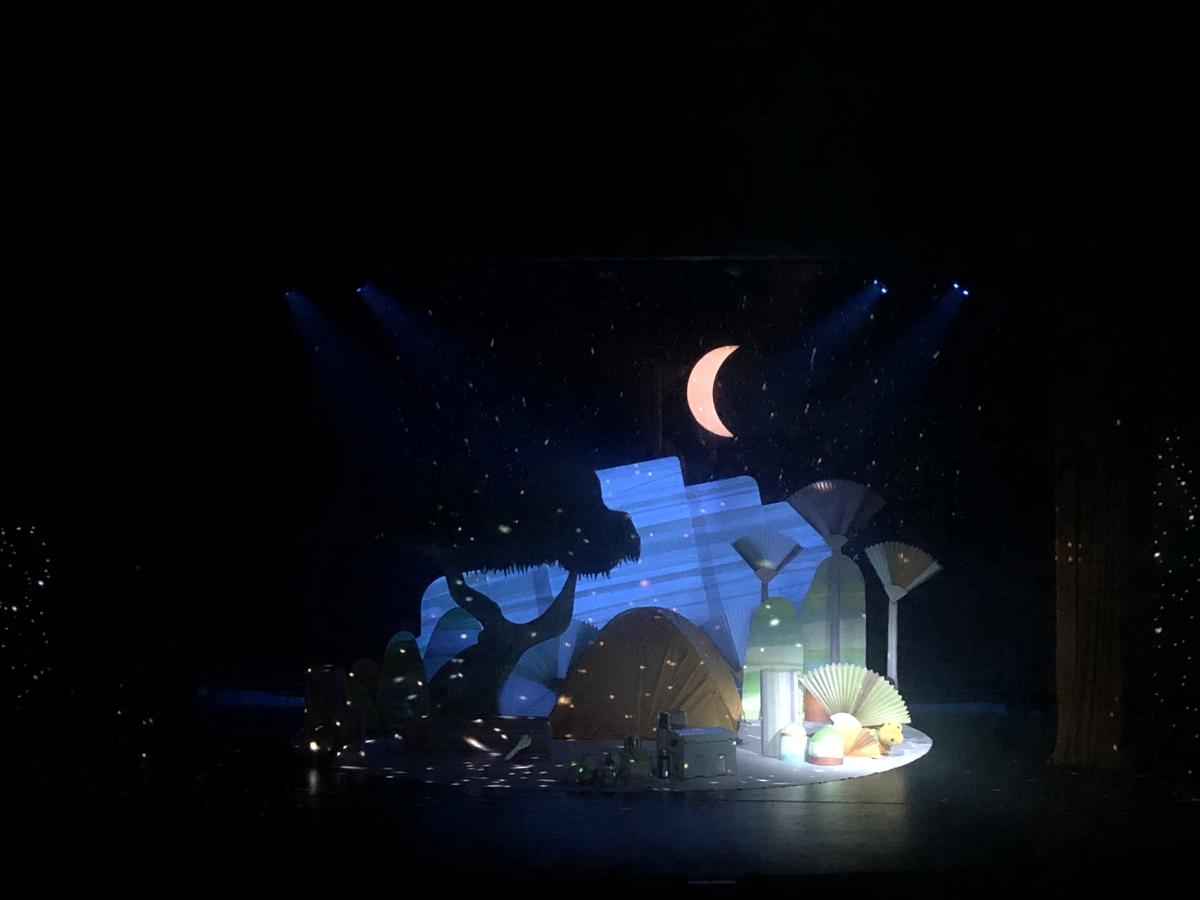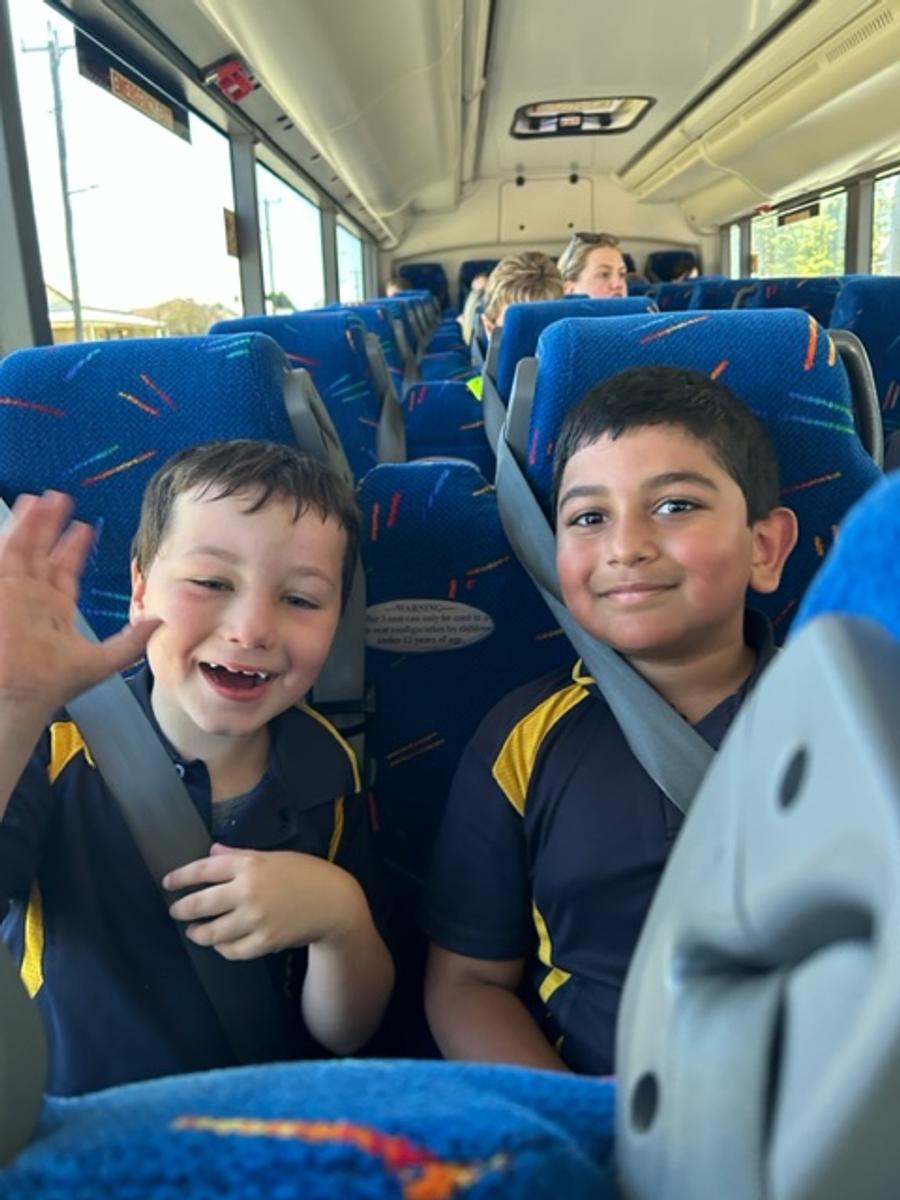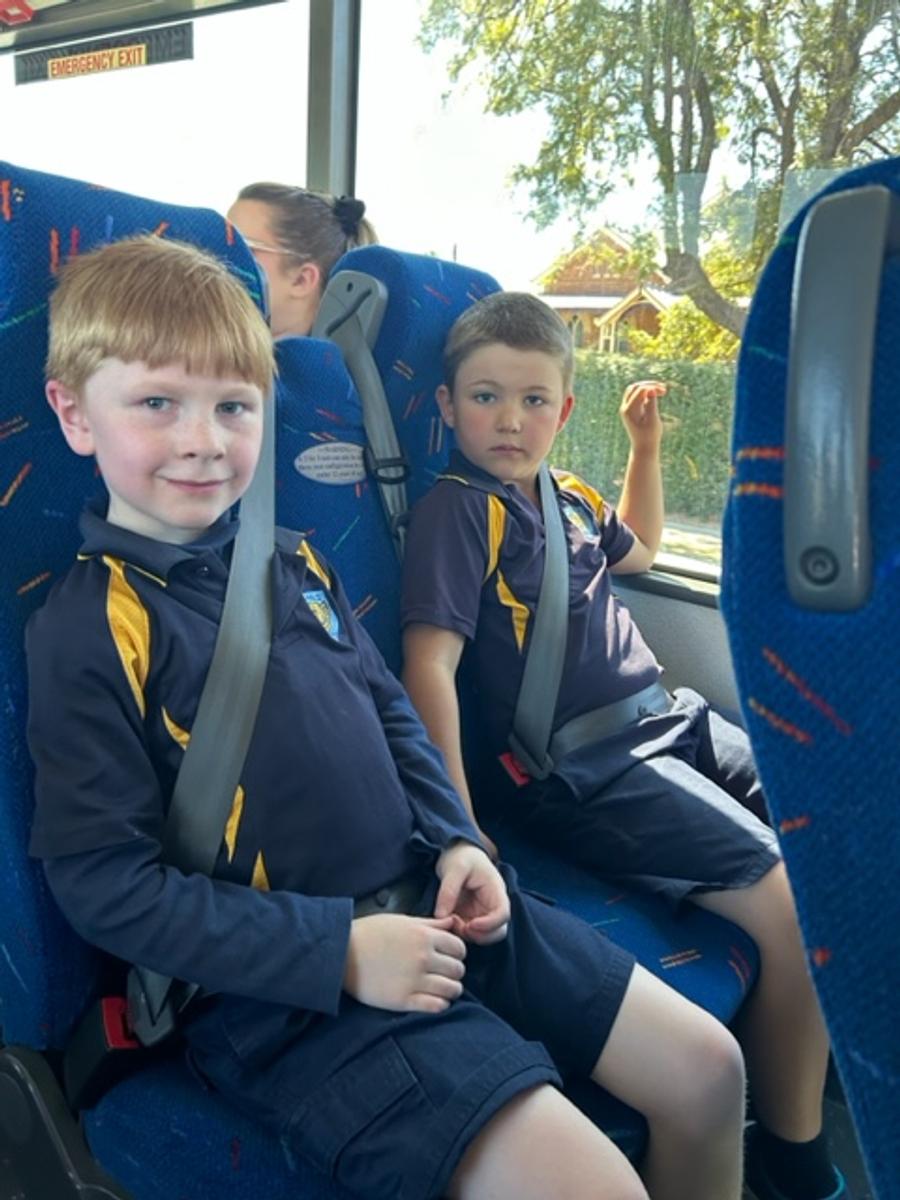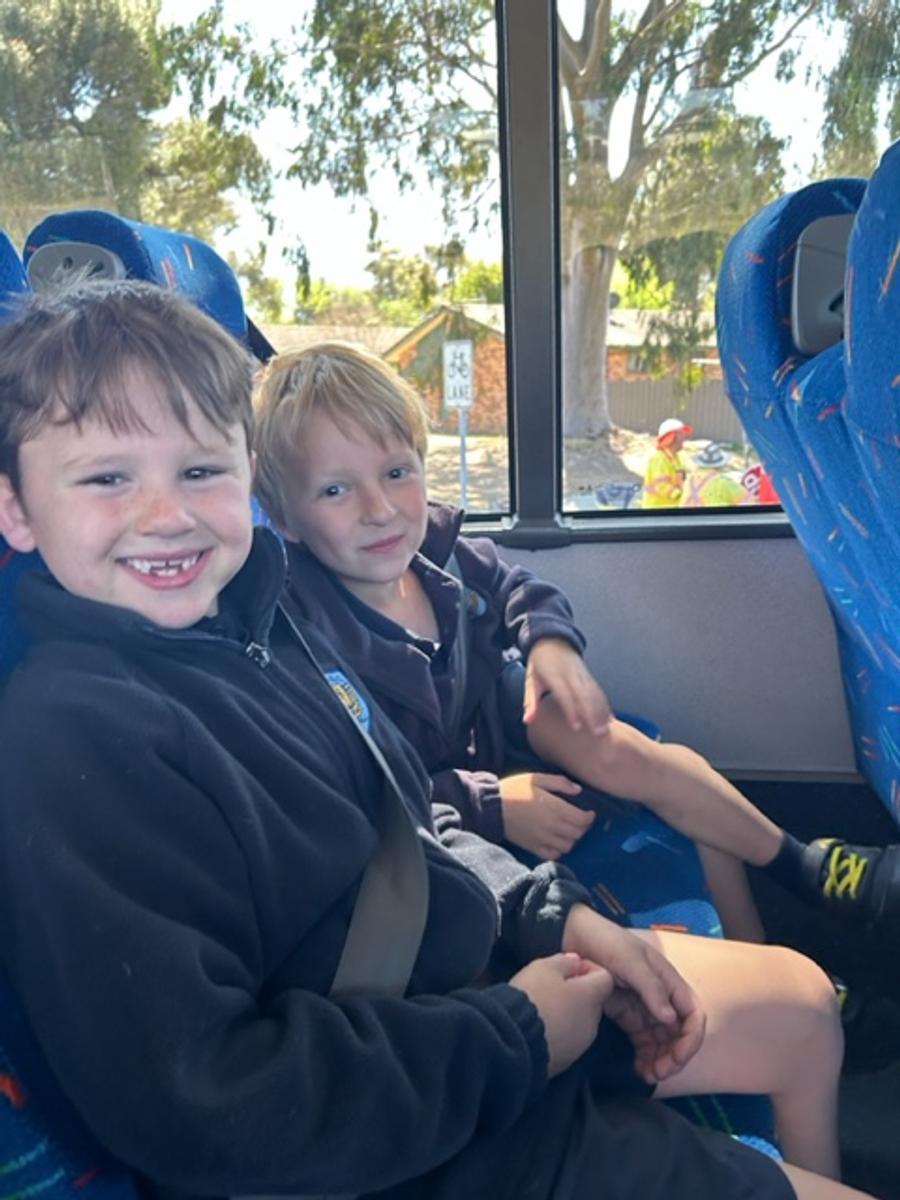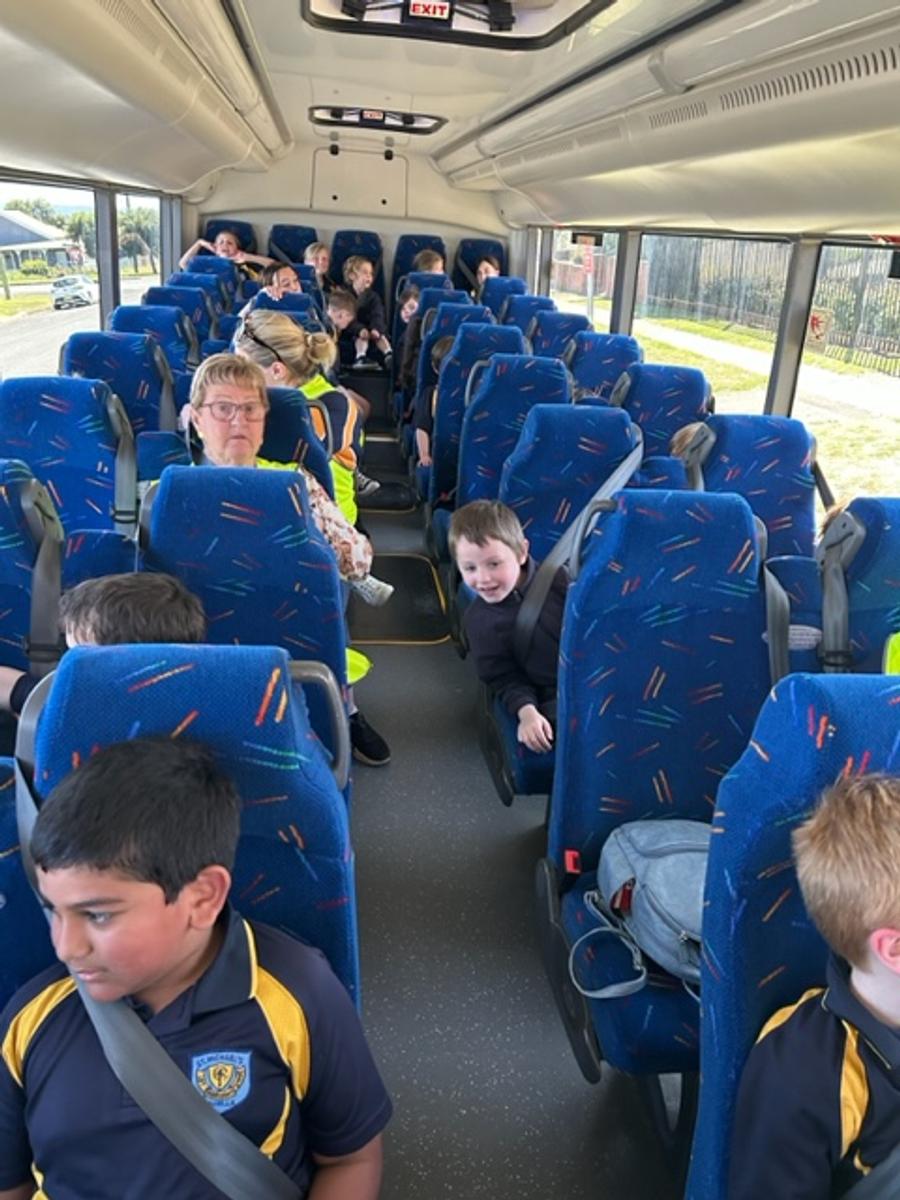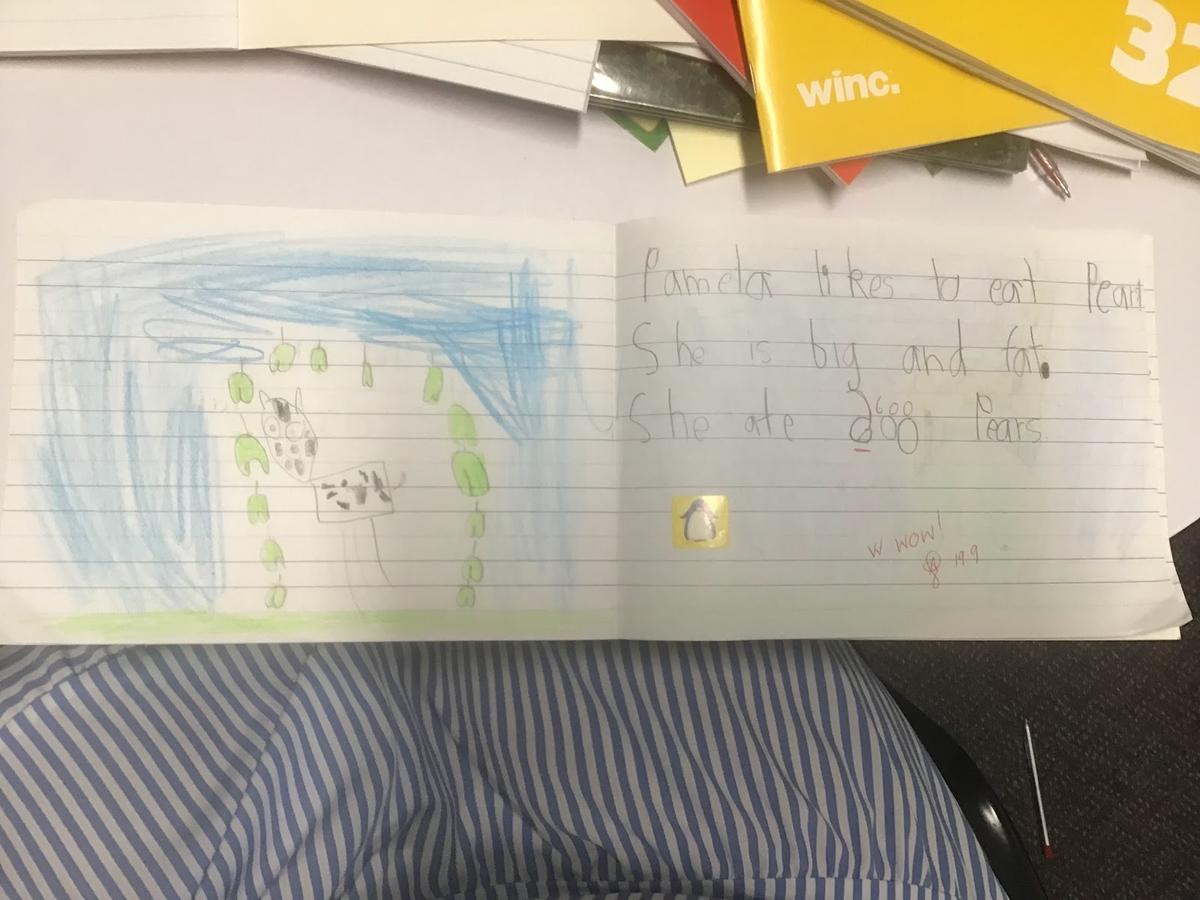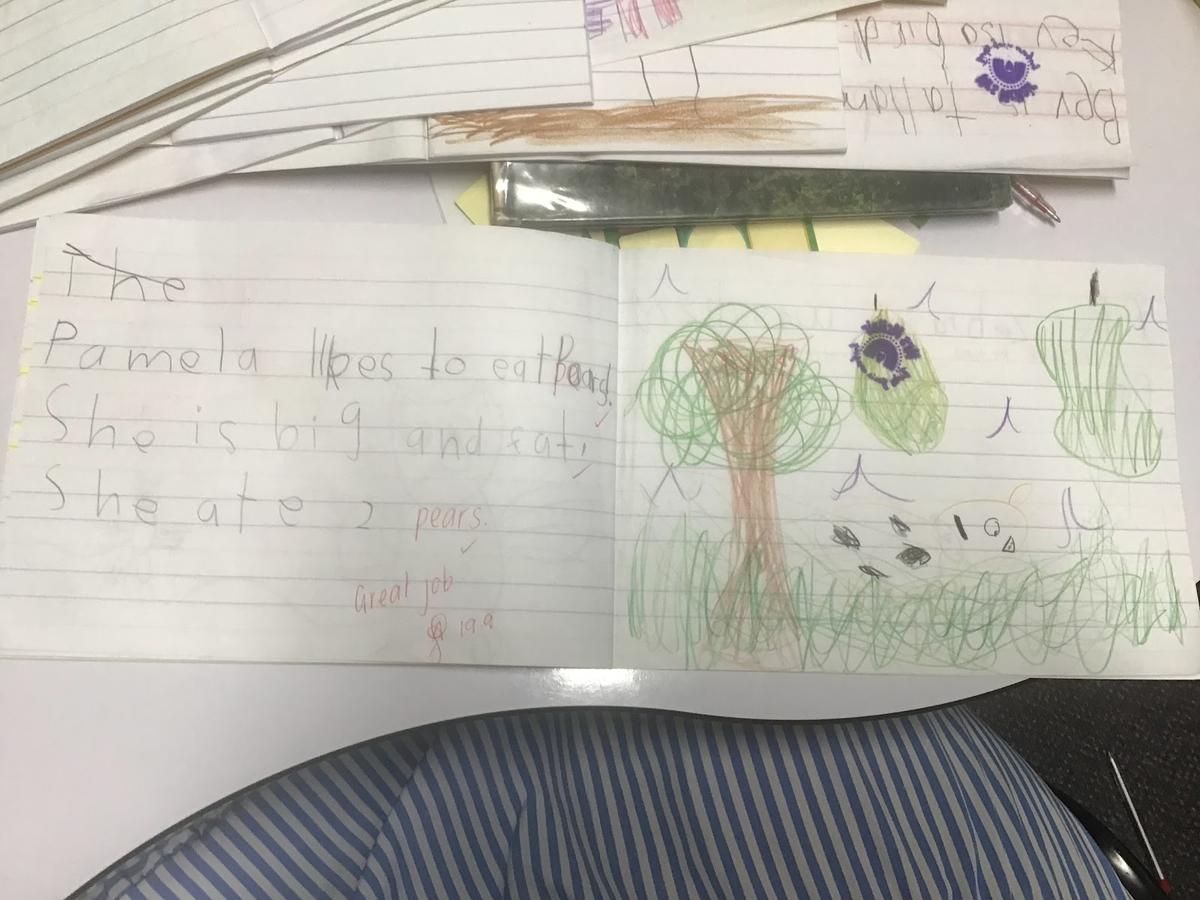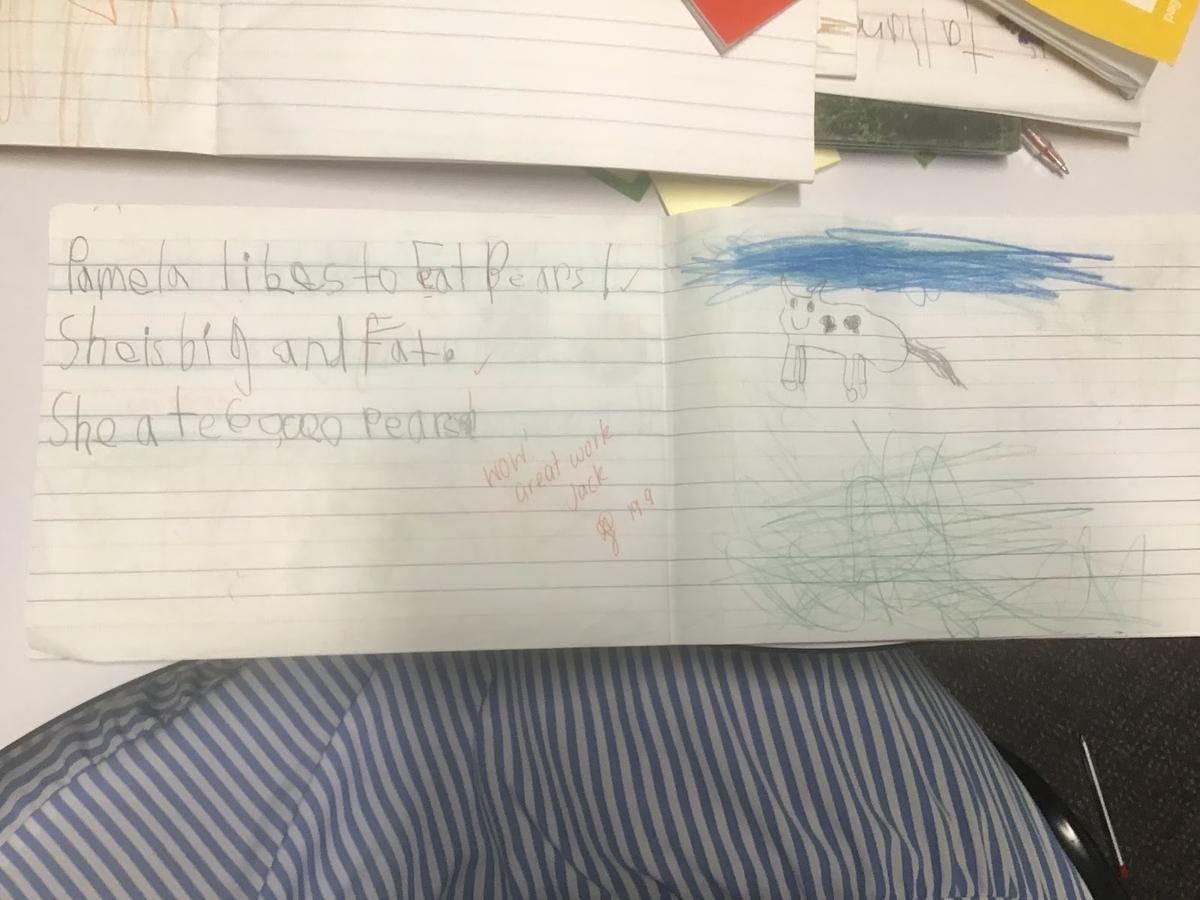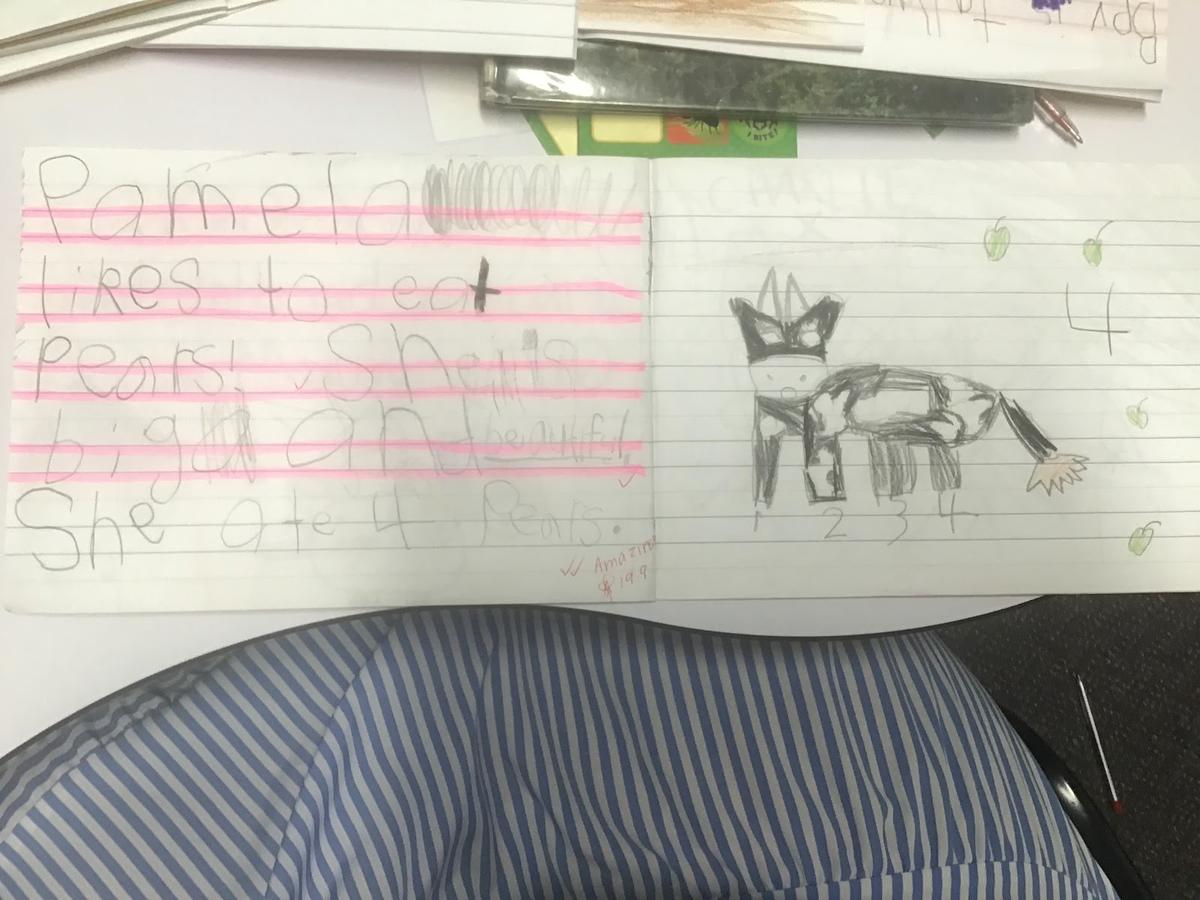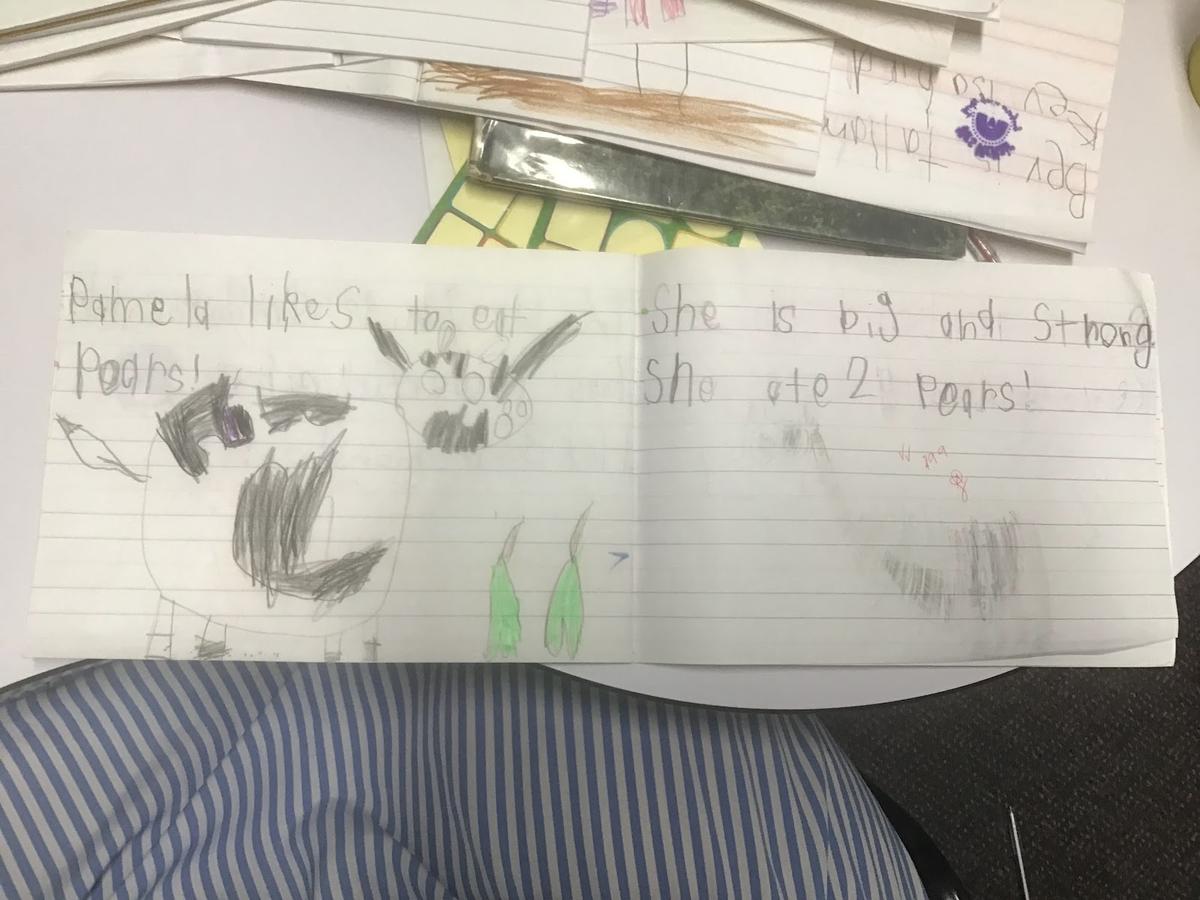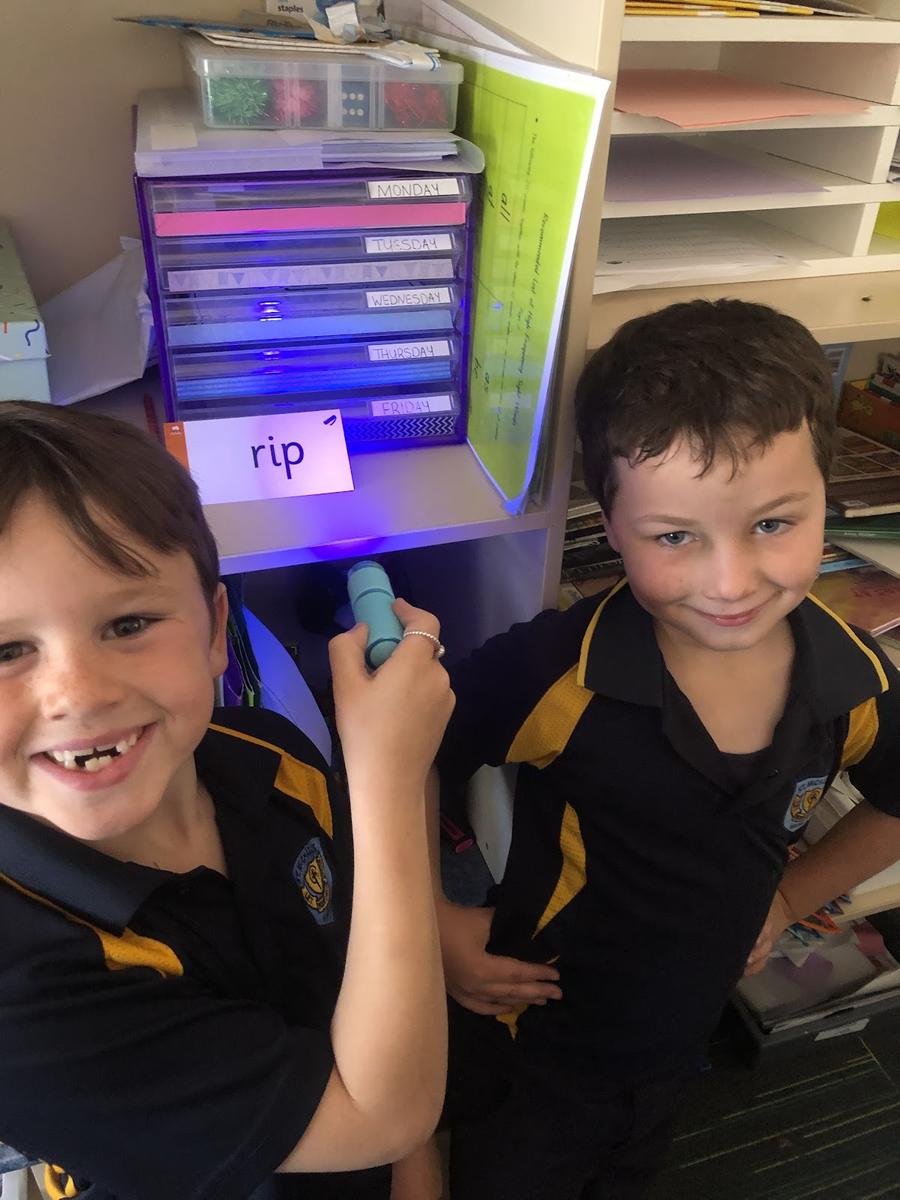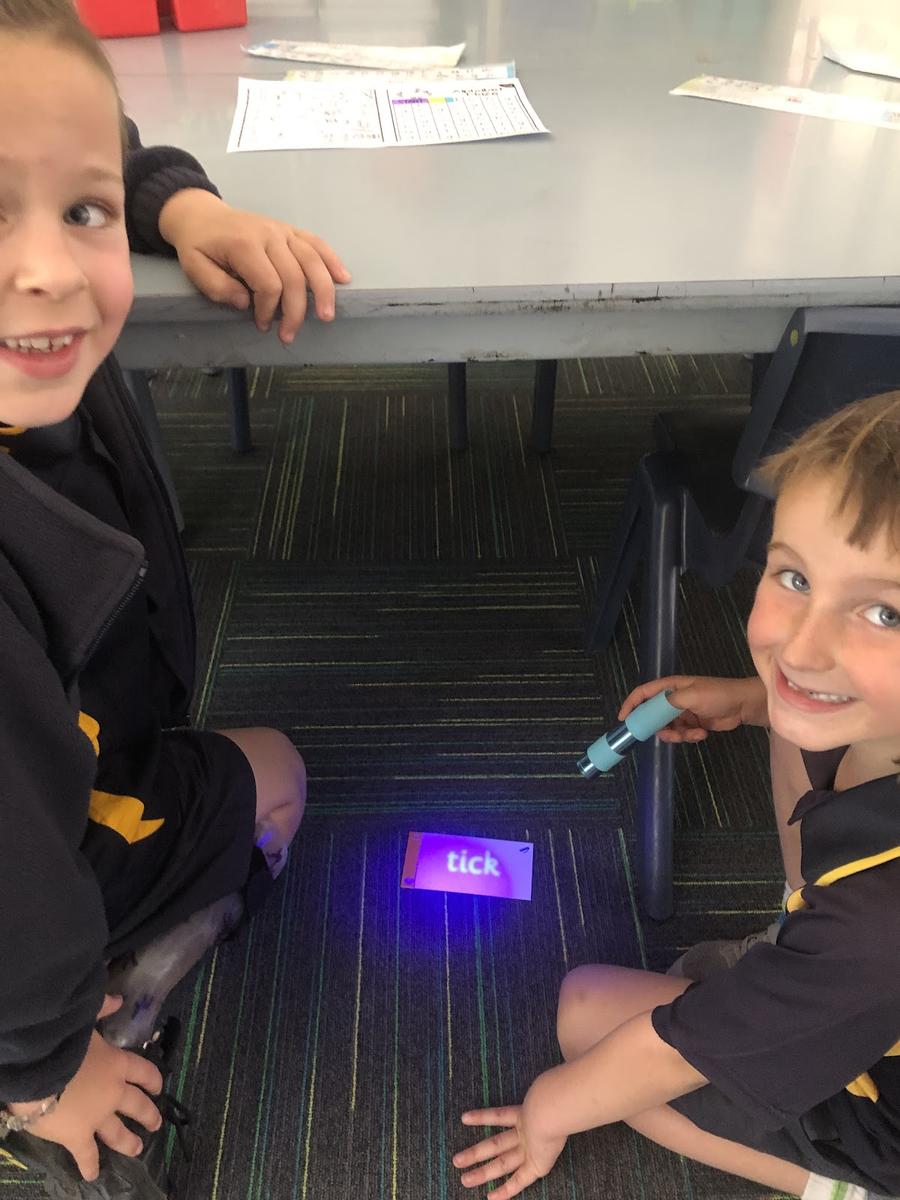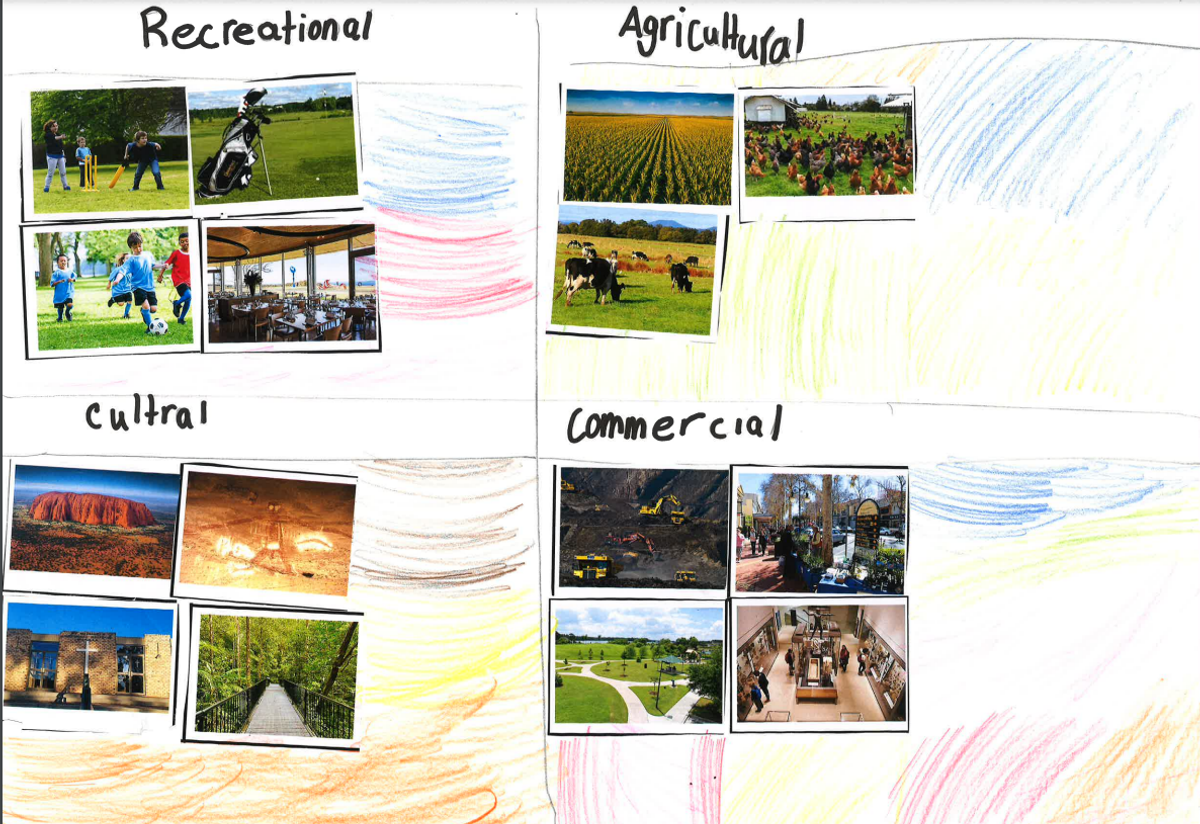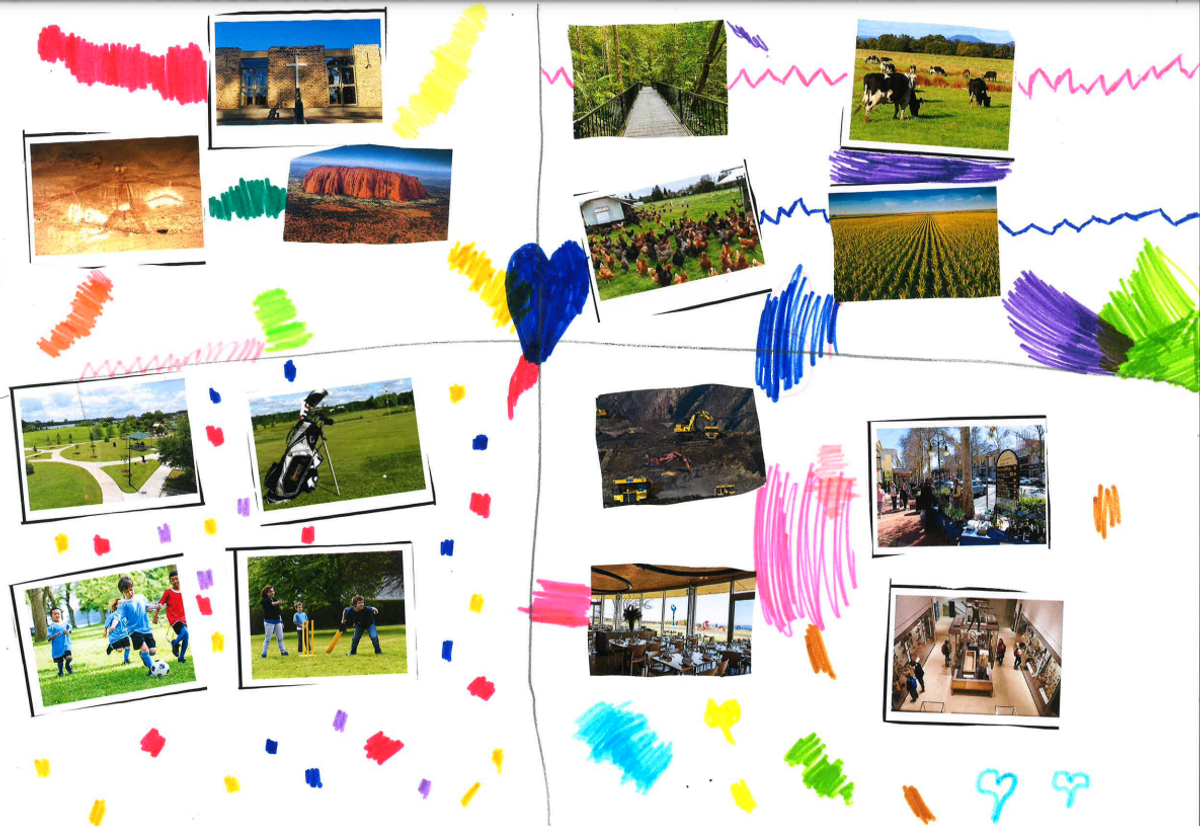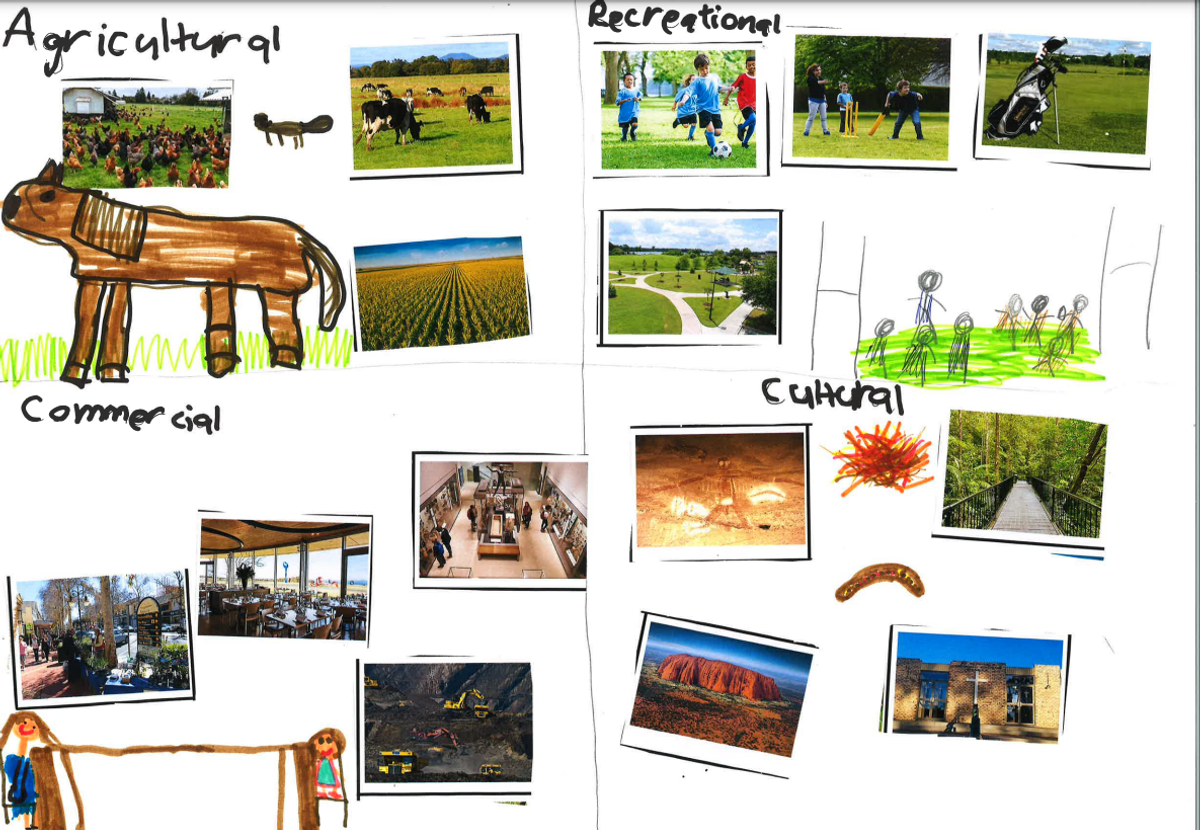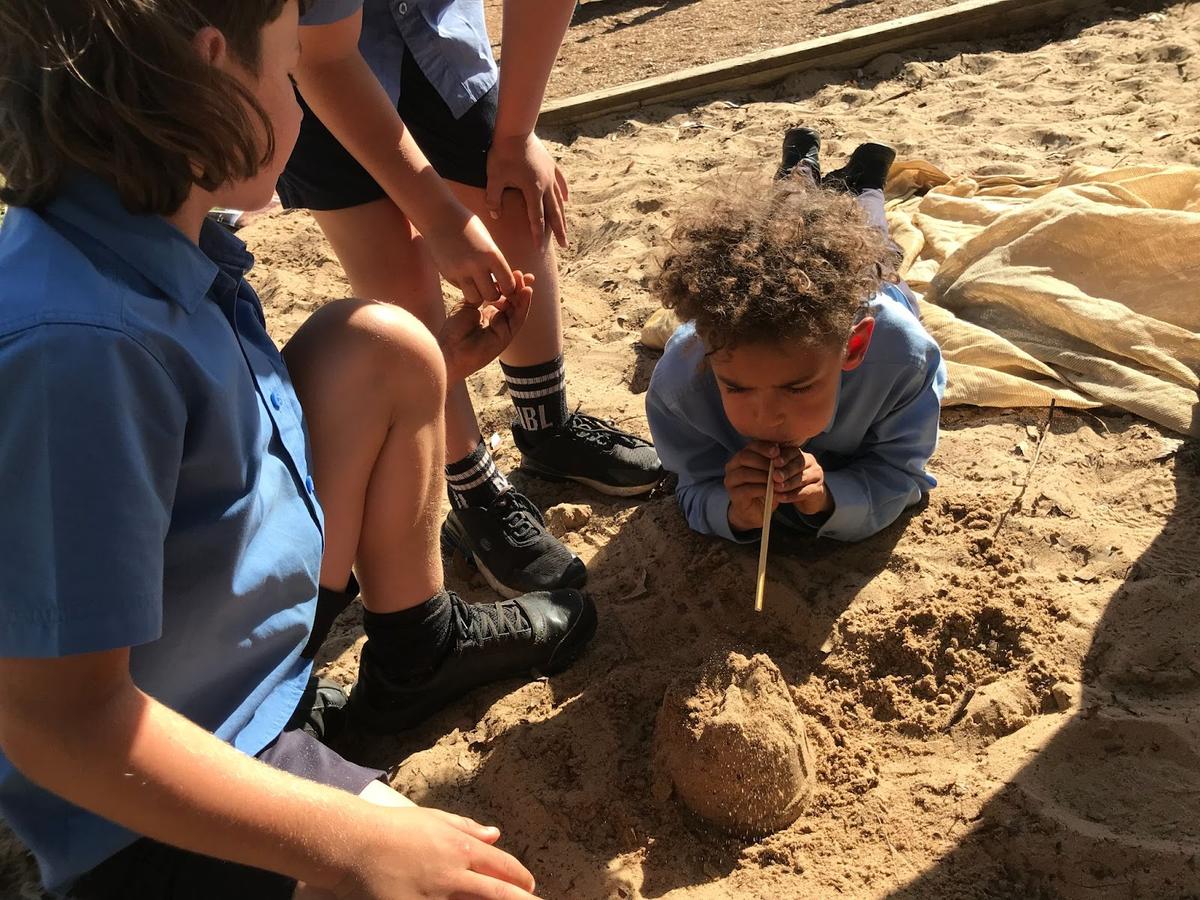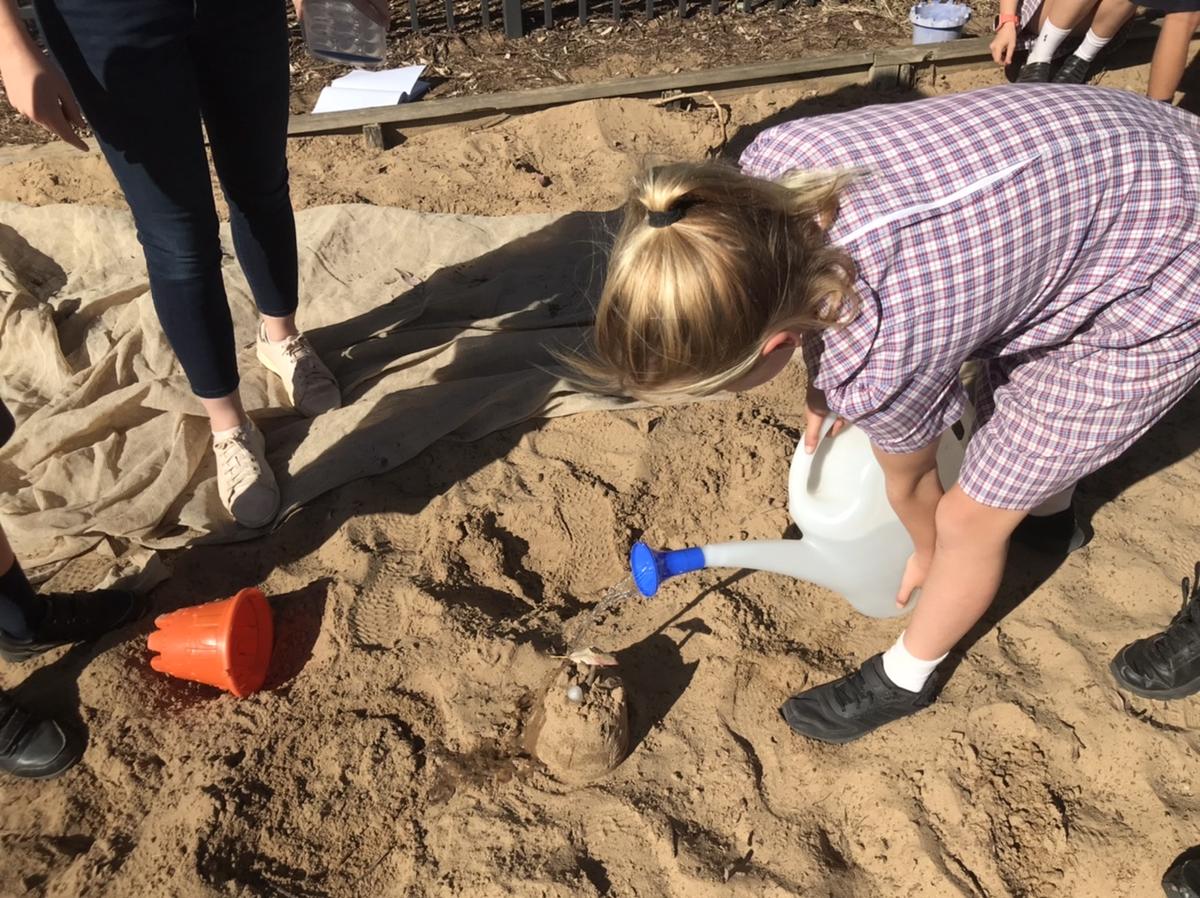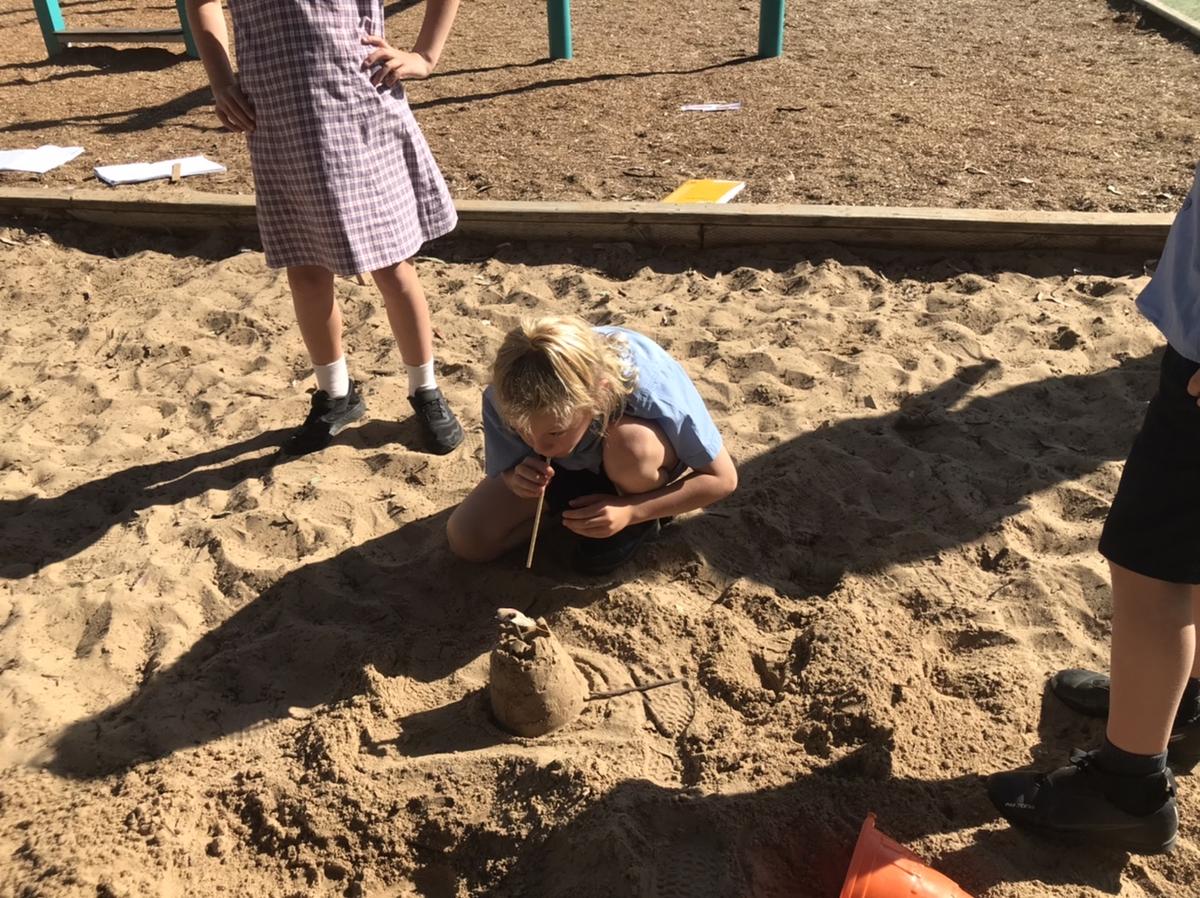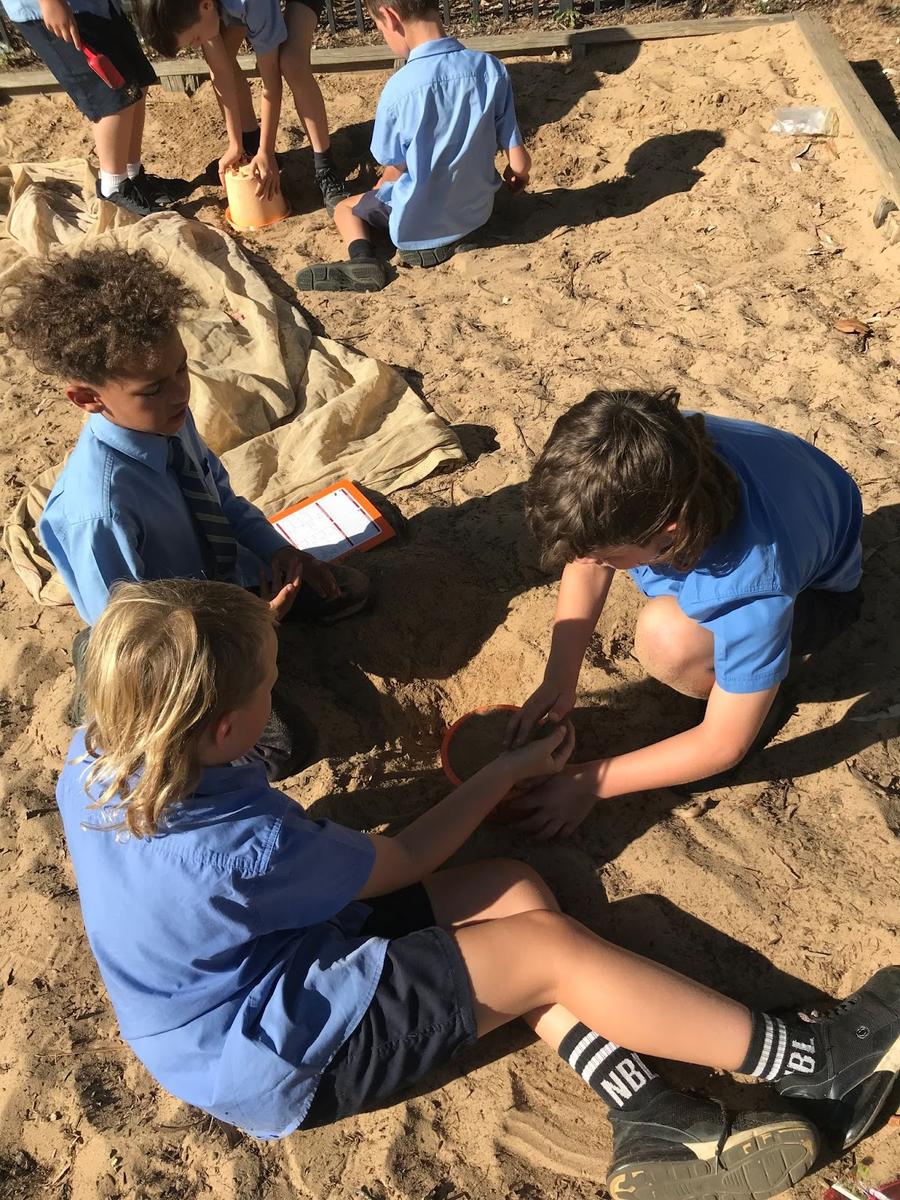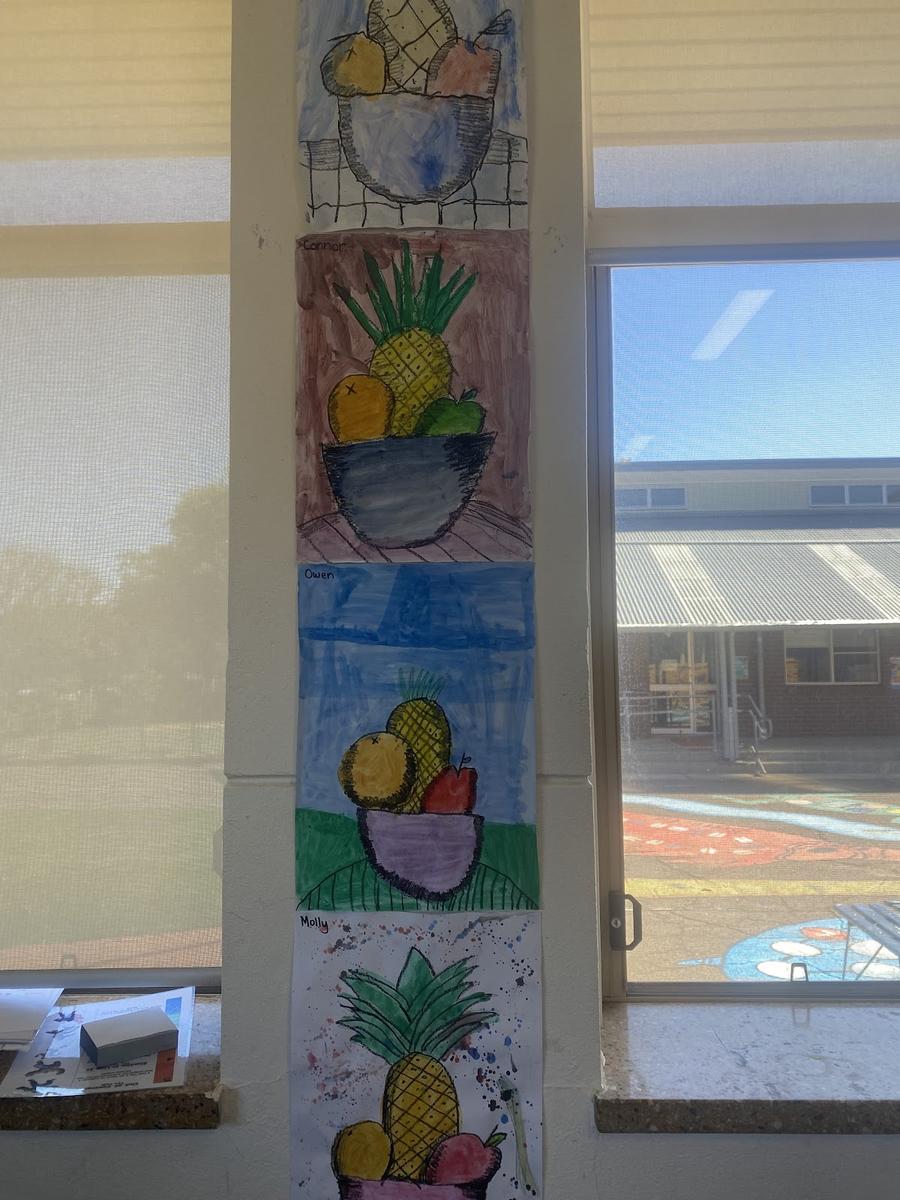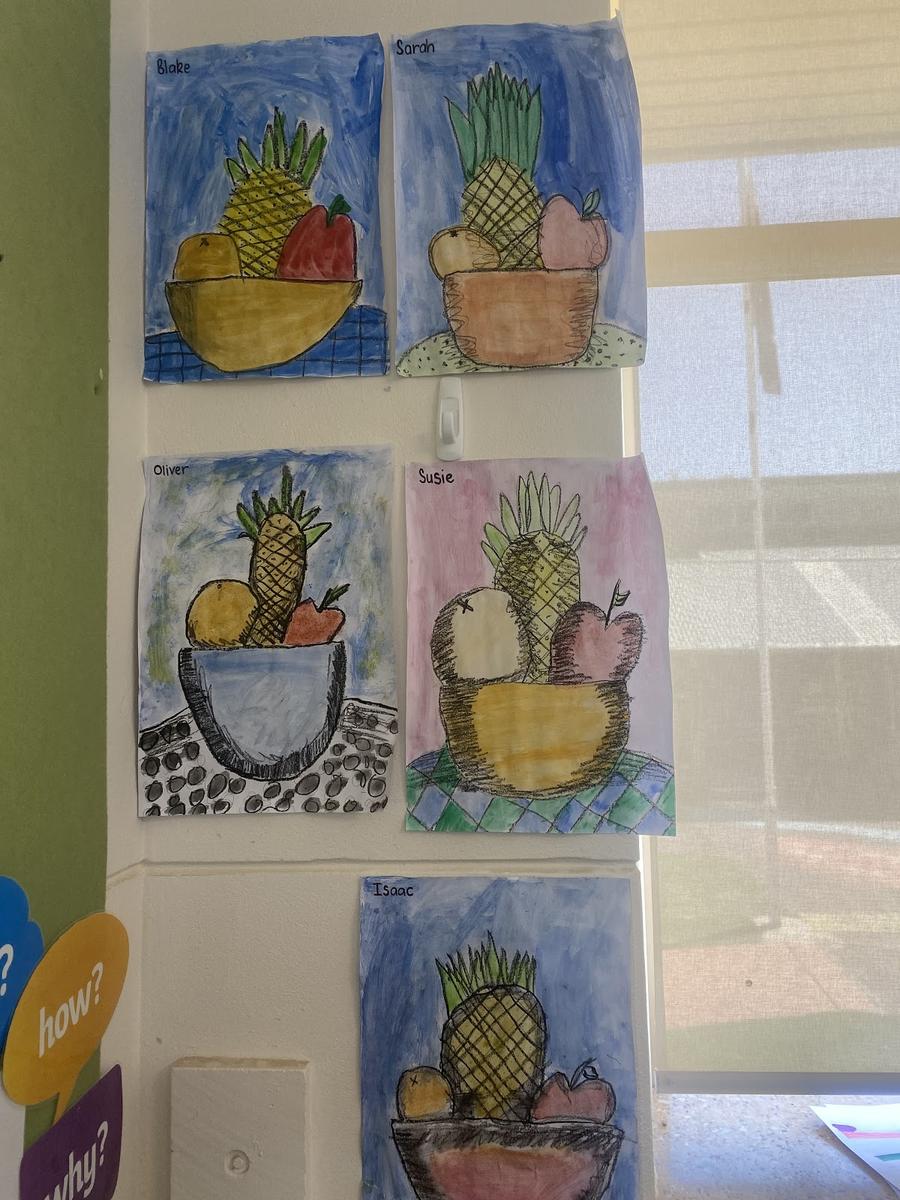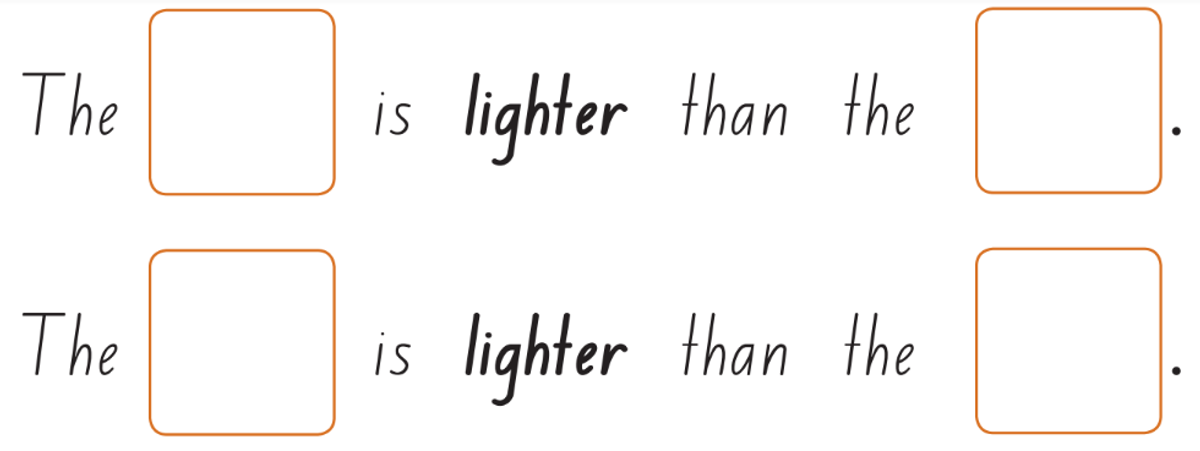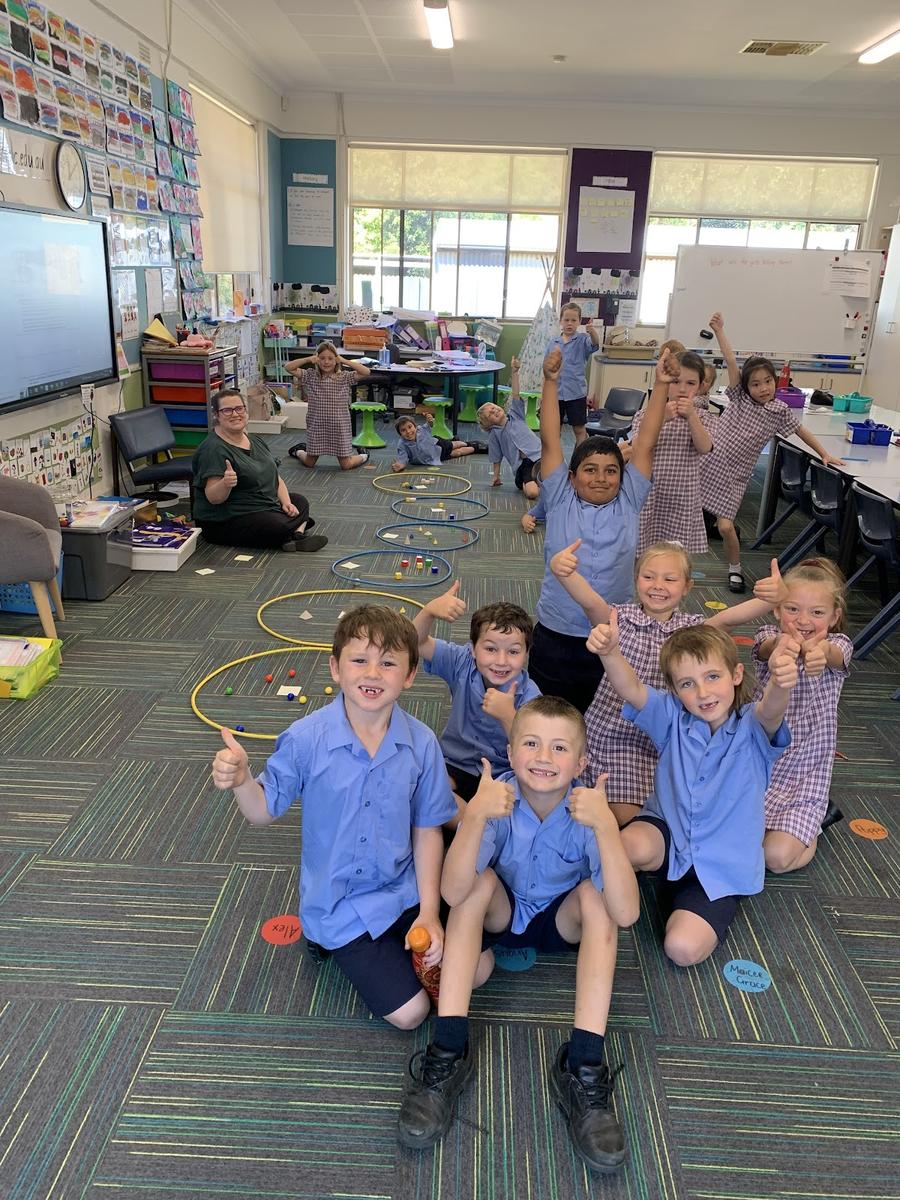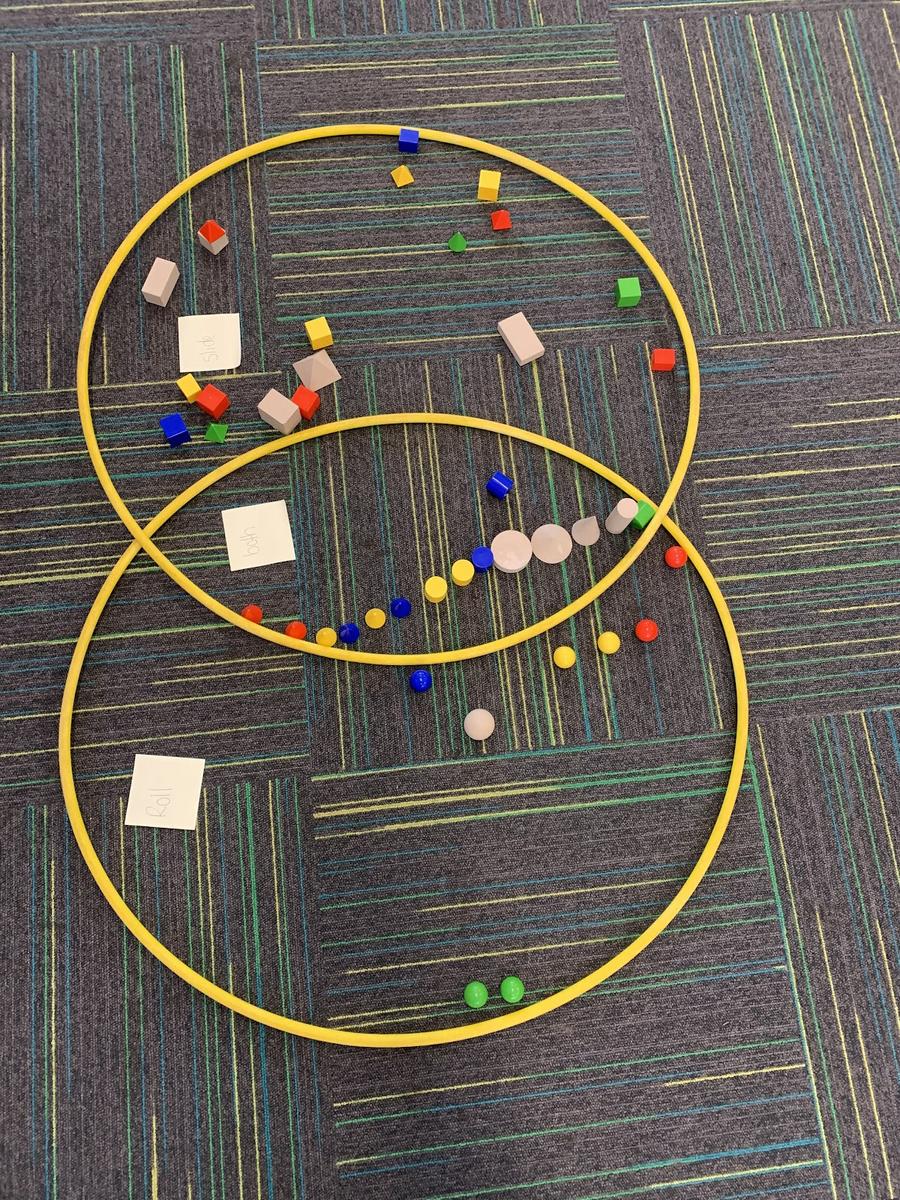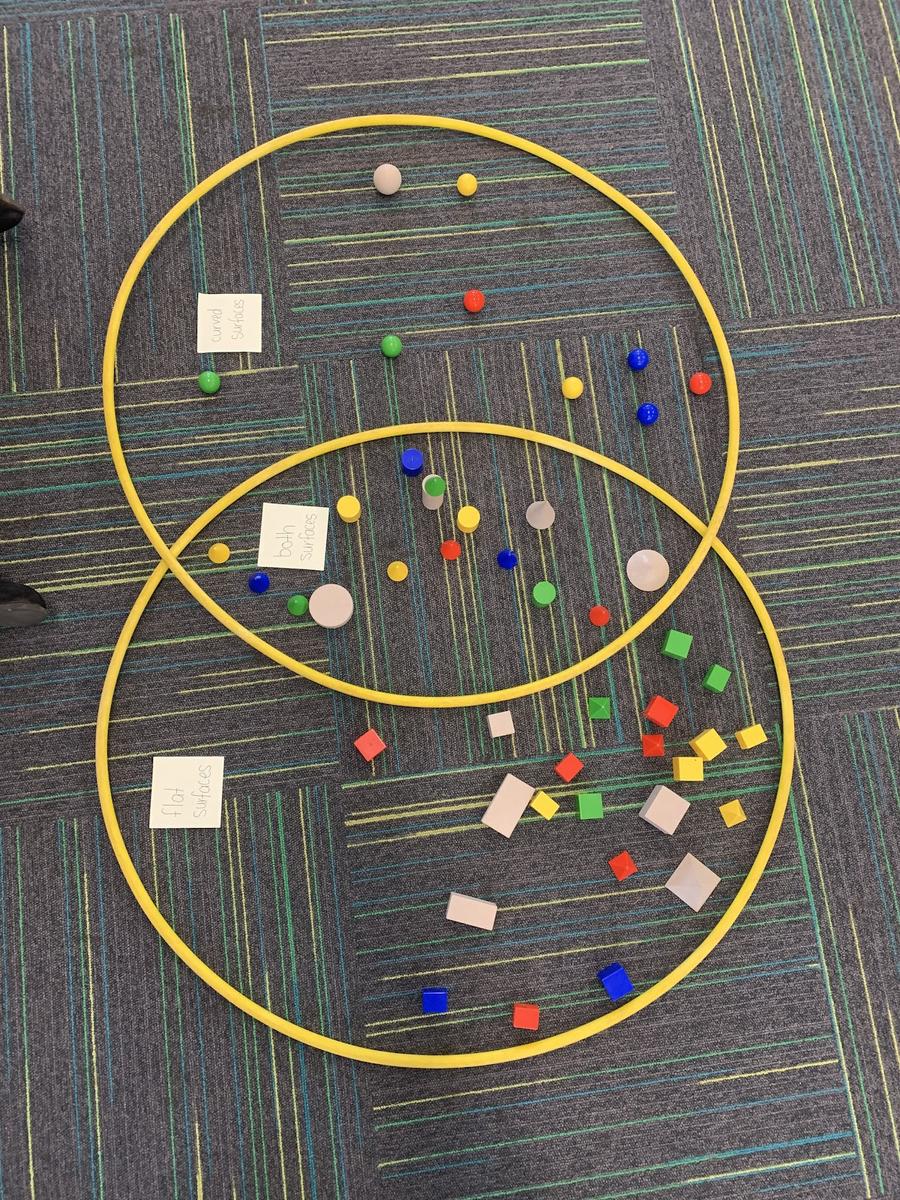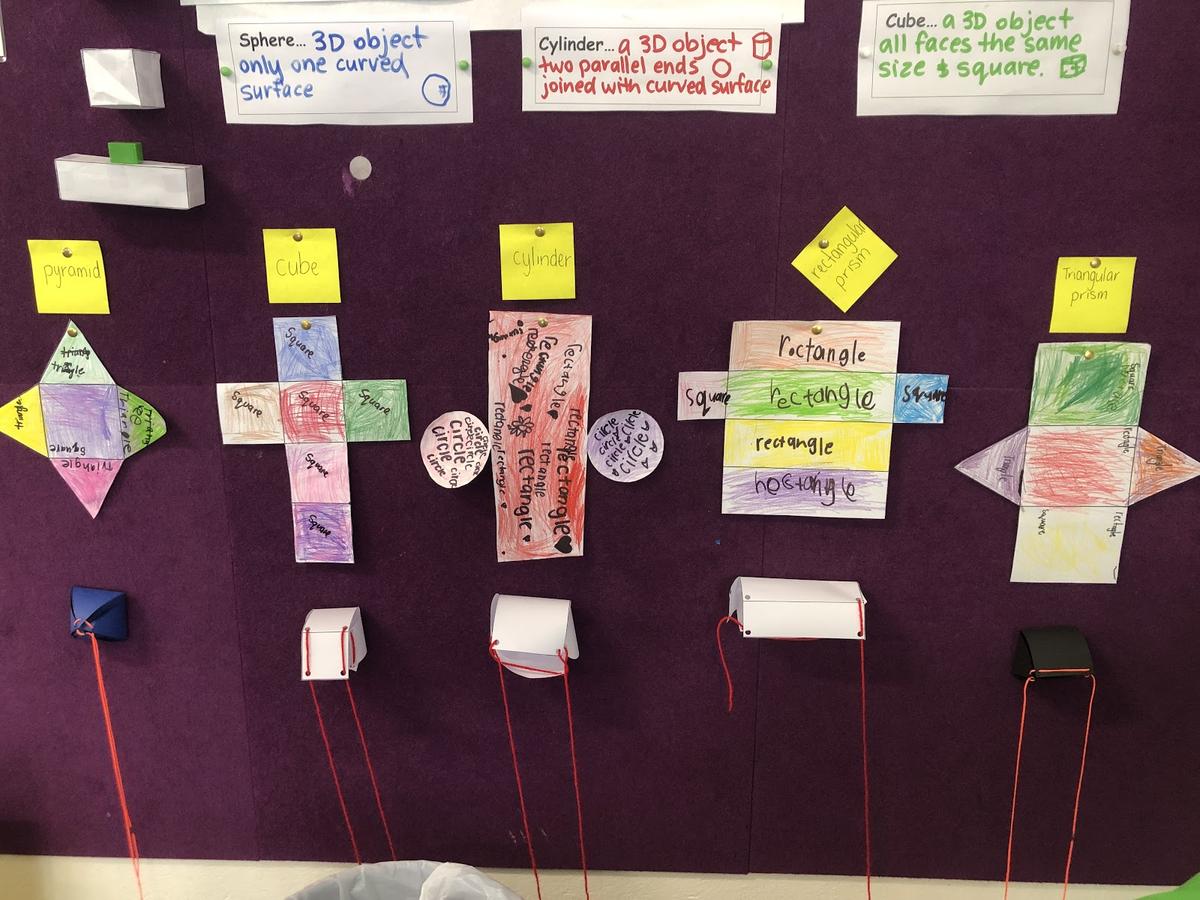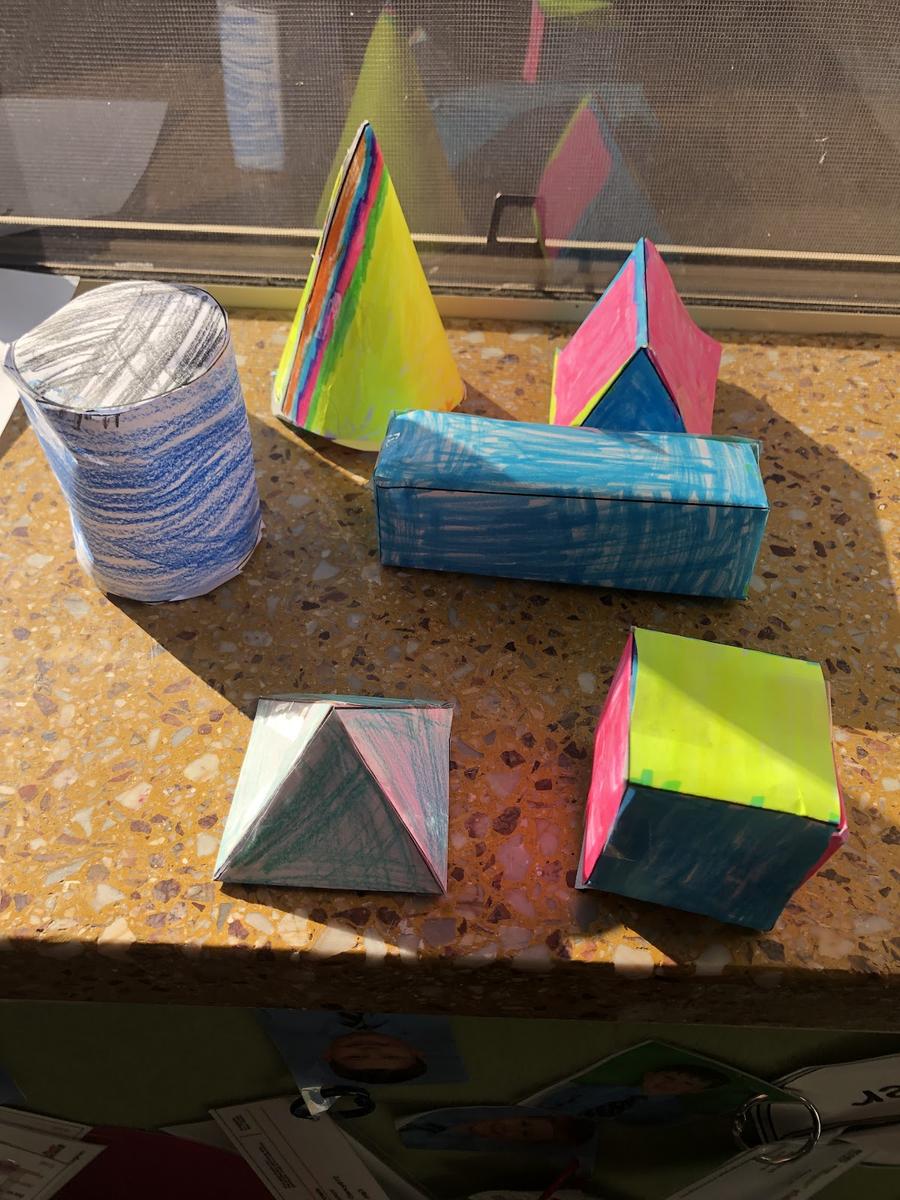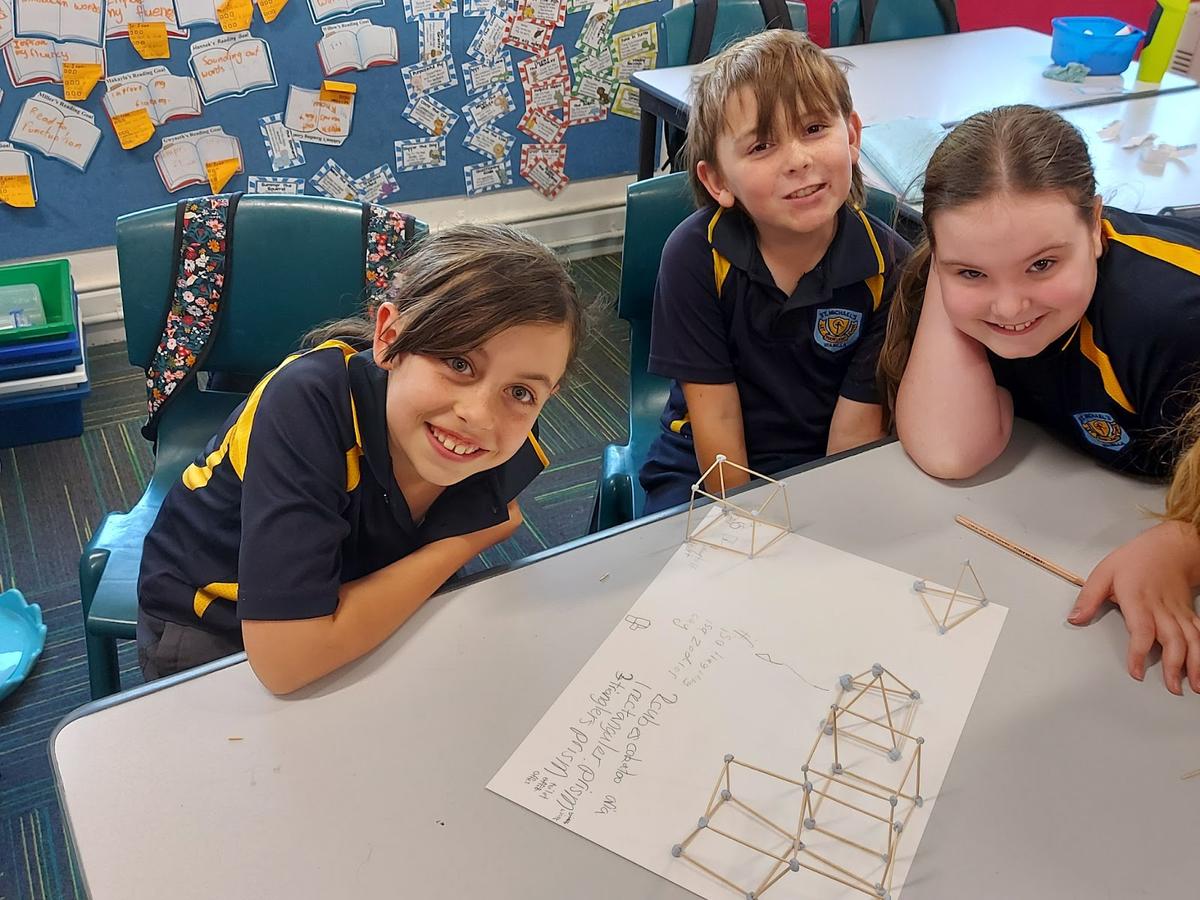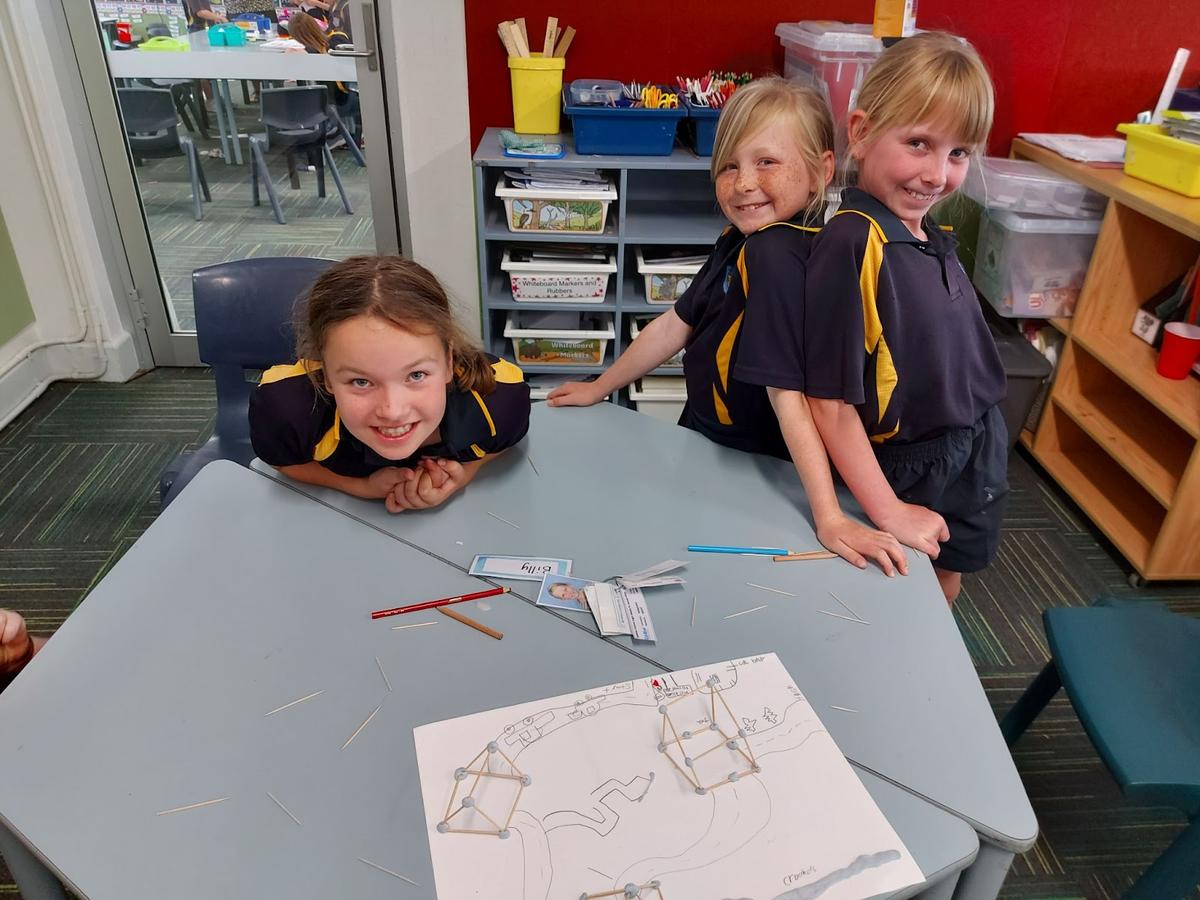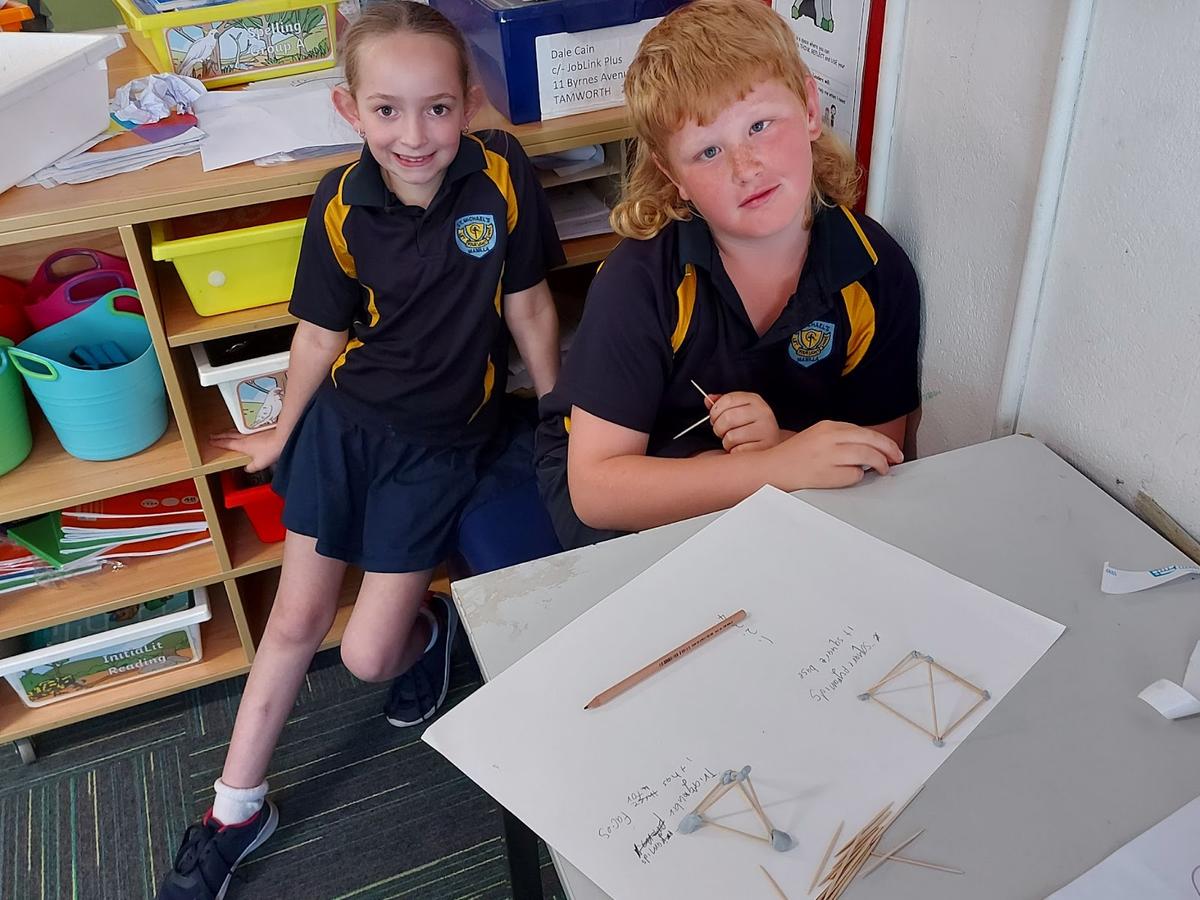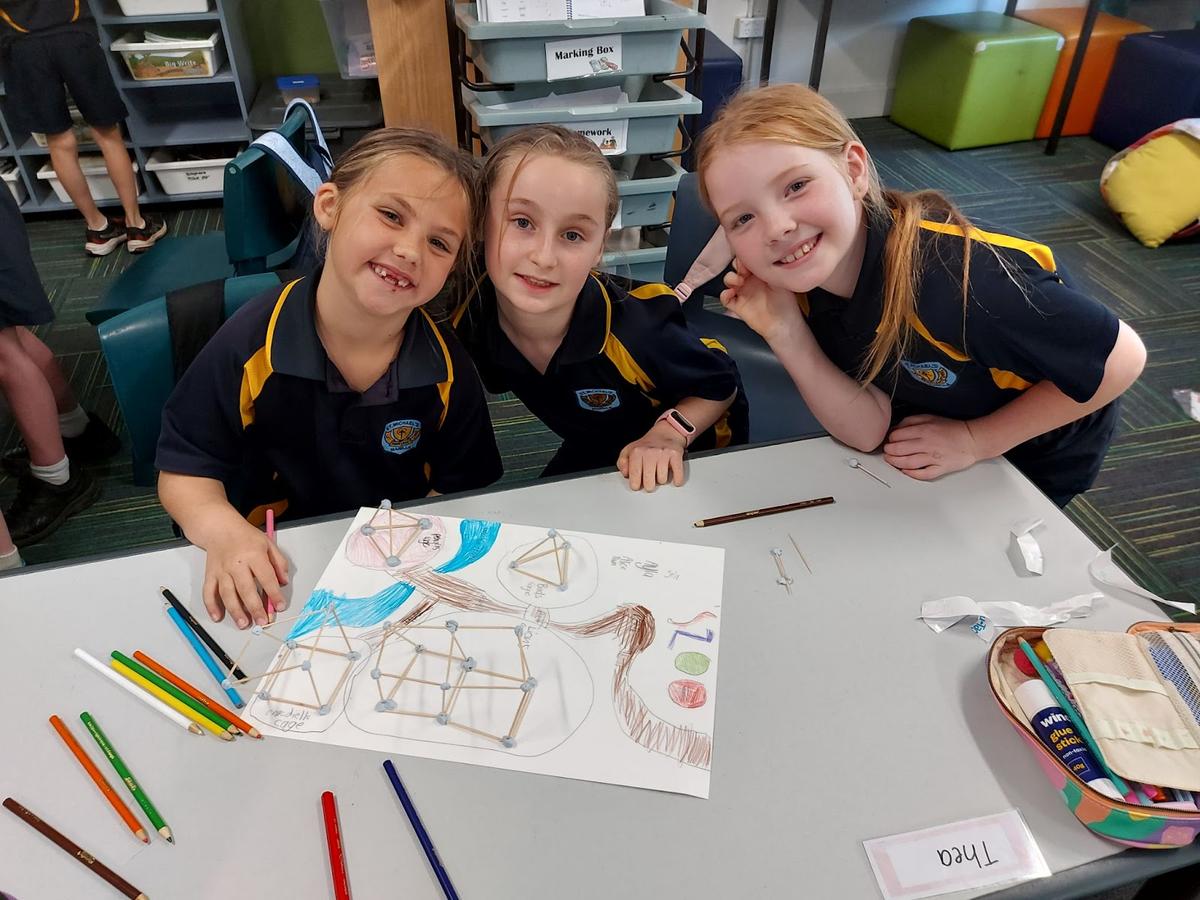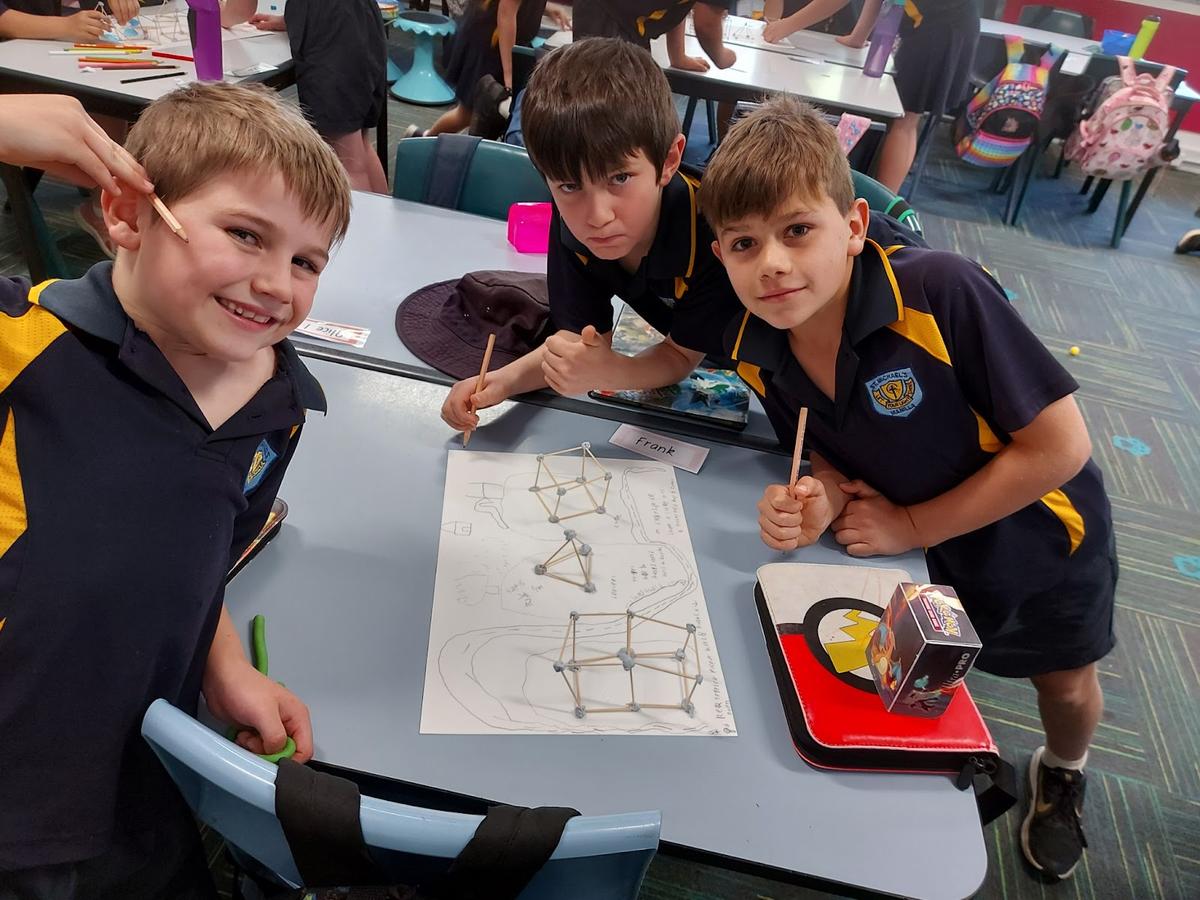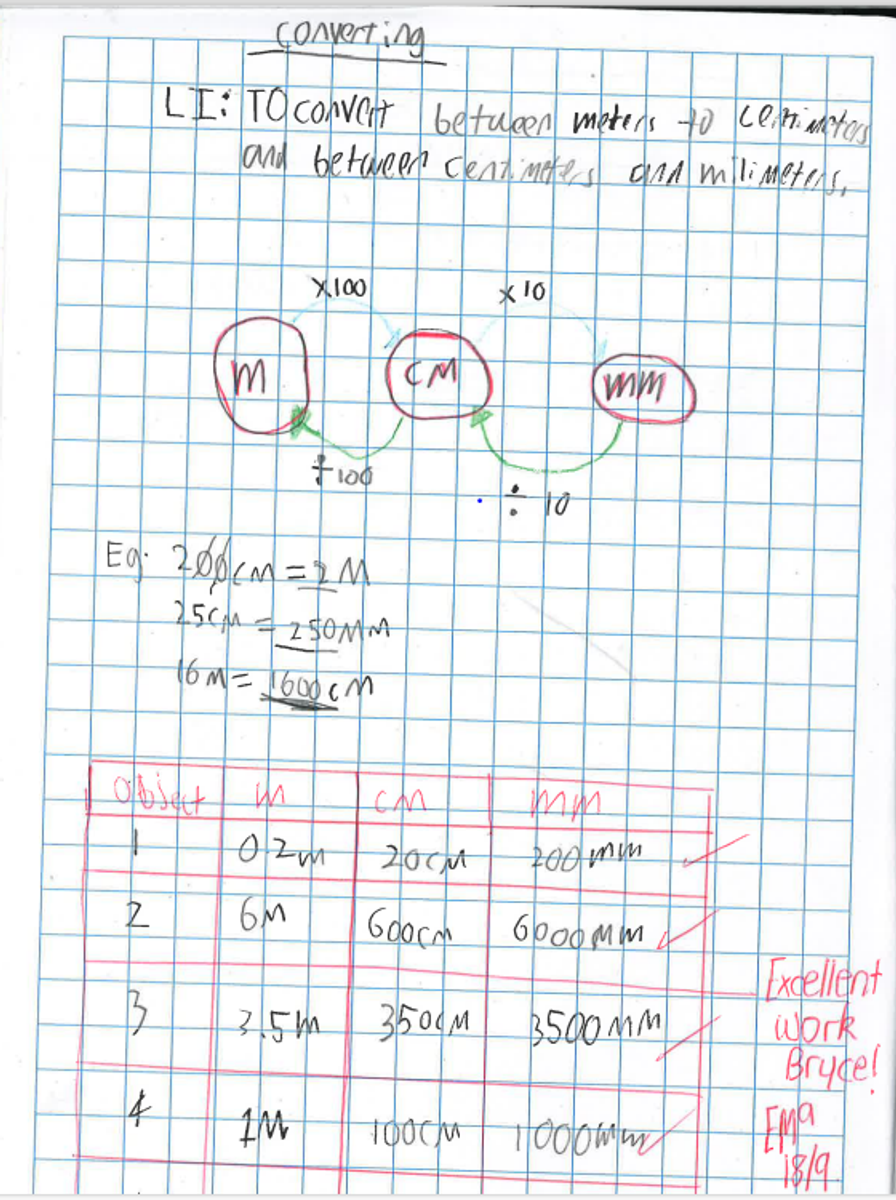Learning News
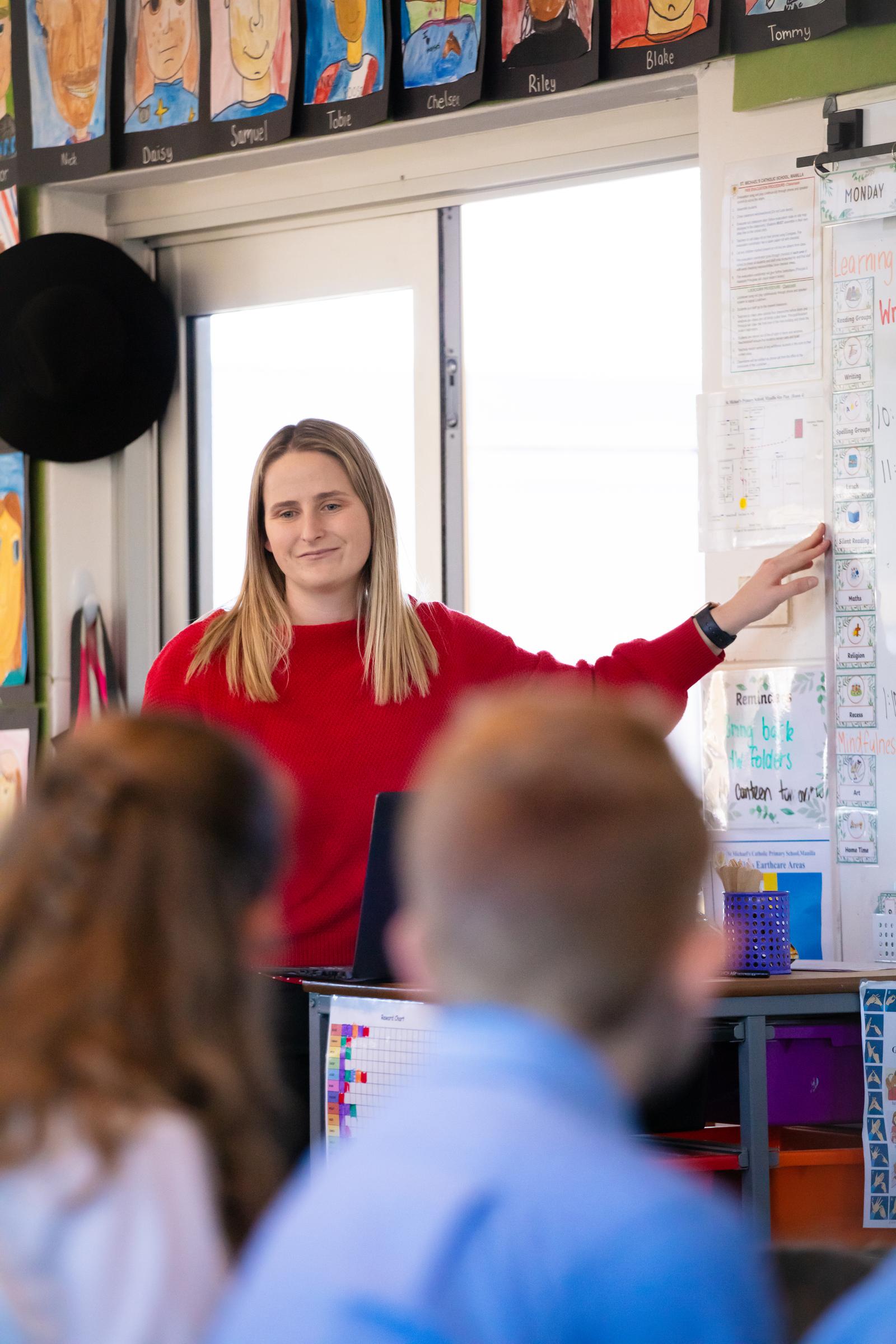
Learning News Week 9
Our Infants classes learned about koalas in preparation for attending the Theatre production “Hiccup” on last Wednesday at the Capitol Theatre. They have learned that koalas have been placed on the endangered species list, and discussed how we need to make sure that we look after their habitat so we can still have koalas to enjoy for future generations.
Other topics covered in the primary school this week include brainstorming persuasive topics that are relevant to our school. Year 2/3 came up with some excellent examples such as ‘We Need a Shelter over our Play Equipment’; ‘We Need to Replant our Oval’ and ‘We Need a School Hall’.
Great work everyone in our classrooms.
Yours in learning,
Mrs Shepherd
Kindergarten
Kindergarten continue to develop their excellent writing skills. This term, we have been focusing on writing simple sentences and describing using adjectives. Students wrote some fabulous sentences based on the character Pamela from the book Too Many Pears by Jackie French. Well done Kindergarten-keep up the excellent work!
Miss Fraser
Year 1
This week, Year 1 have been trying out the ‘Decodable Readers Australia’ phonic activities. The company has many amazing activities to help students learn to spell and read the target sounds they learn in K-2. This week, Year 1 used their jumping mat where they had to write a word including the sound ‘d’ to focus on the handwriting letter of the week. Students then had to walk along the mat and read each other's words. They also went on a word hunt but the words on the cards were invisible! They had to use special lights to read what the words were. Great reading skills this week Year 1!
Miss Myers
Yr 2/3
In our Geography Unit, Year 2/3 have been learning about the importance of places. As part of our learning we have established that certain areas are used for different purposes including: Agriculture, Commercial, Recreational and Cultural Reasons. Our task this week was to categorise a range of common places into these reasons and present them in a poster. What fantastic work has been completed by Year 2/3 this term!
Mr Beaumont
Yr 4
In Science, Year 4 has been learning about erosion and weathering and the impact it has on various natural features. Students built a sandcastle and were given dirt clumps and had to test the impact of erosion using ice cubes, water and blowing through a straw to represent wind. They also wrote a scientific report to support their learning; comparing the results and stating their conclusions. Great work Year 4!
Miss Maunder and Miss McDonald
Yr 5/6
Stage 3 channelled their inner Vincent Van Gogh to create a wonderful still life image. Firstly, students drew their bowl, the table cloth and then the fruit inside the bowl. Using black oil pastels, students shaded shadows to add tone and make it look more 3D. Students used water colours to paint their artwork and experimented with blending colours to create shadows and highlights. Great work stage 3!
Miss Rasche and Miss Summerell
Numeracy News Week 10
Mass and weight are different, as weight is a force created from the gravitational attraction to the Earth's centre.
Weight is the force acting on an object, weight can change depending on the gravitational force, for example you would weigh less on the moon as the gravity is weaker there, however your mass remains the same.
Ask your child to look around at home and find objects that they would describe as being light. Once they have a collection of "lights" you could ask them to find objects that they would describe as heavy.
Place a range of objects that can safely be held in a single hand in front of your child. You are going to use hefting to compare the mass of the objects in front of you. After you heft each pair of objects, I want you to use either ‘heavier’, ‘lighter’, or ‘the same as’ to compare the mass of the two objects. Select two objects of different mass. Talk to your child as you heft, explaining how you are raising or lowering each hand to show if the object is heavier or lighter than the other. When hefting, the heavier object sits lower, and the lighter object sits higher. The two objects should be level in your hands if their mass is about the same as each other.
Now it is your turn. As your child hefts pairs of objects, encourage them to use the terms ‘heavier’, ‘lighter’ or ‘the same as’ to compare the masses. Help them to draw pictures in the boxes to complete the sentences:
Kindergarten
Kindergarten have been familarising themselves with the topic and language of Mass. Students have learned to identify objects that have a heavy and light mass. We have also learned that to measure and compare mass, we can use hefting and scales like a cup scale on a coat hanger. The students could identify that the lower the cup, the heavier the mass of the object. Students used excellent reasoning to predict the mass of objects and had insight into how an object's material composition could determine their light or heavy mass. Well done Mathematicians!
Miss Fraser
Year 1
For the last 2 weeks, Year 1 have been investigating 3D objects. They have been learning to identify and describe the different objects, and even went on a hunt in the classroom to see if they could find spheres, cylinders, cubes, rectangular prisms, pyramid and cones. Students then had to sort the objects by the shapes of their faces, if they rolled or slid, or if they had flat or curved surfaces (or even both!). Year 1 enjoyed looking at nets of the the 3D objects and then made some themselves. Fantastic work Year 1!
Miss Myers
Yr 2/3
For the past two weeks, Year 2/3 have been thoroughly engaged in our topic of 3D Objects. A major focus of our unit is for the students to understand the languages used to describe 3D Objects, as well as to identify their features. At the conclusion of our learning the students created their own “3D Zoo” in which they had to create their own shapes using toothpicks and blu-tac. What a fantastic finish to the term. Well Done Year 2/3
Mr Beaumont
Yr 4
For the past two weeks, Year 4 has been learning about length and why it is important that we know about it. Students enjoyed discussing the many jobs in society that require these skills. Students engaged in activities that required them to use measurement conversion between millimetres, centimetres and metres and then used their understanding of length to solve word problems and work out the perimeter of various shapes. Fantastic work Year 4! - Miss Maunder and Miss McDonald
Yr 5/6
Stage 3 has been learning to identify the probability of a variety of outcomes occurring and conducting chance experiments to test the results. Students conducted experiments using coins, dice, spinners and mystery bags and created tables to show the fractional probability, as well as tallying the results. As a class, we discussed the degree of accuracy when using a small sample size versus a larger sample size. Amazing work Stage 3!
Miss Summerell & Miss Rasche
